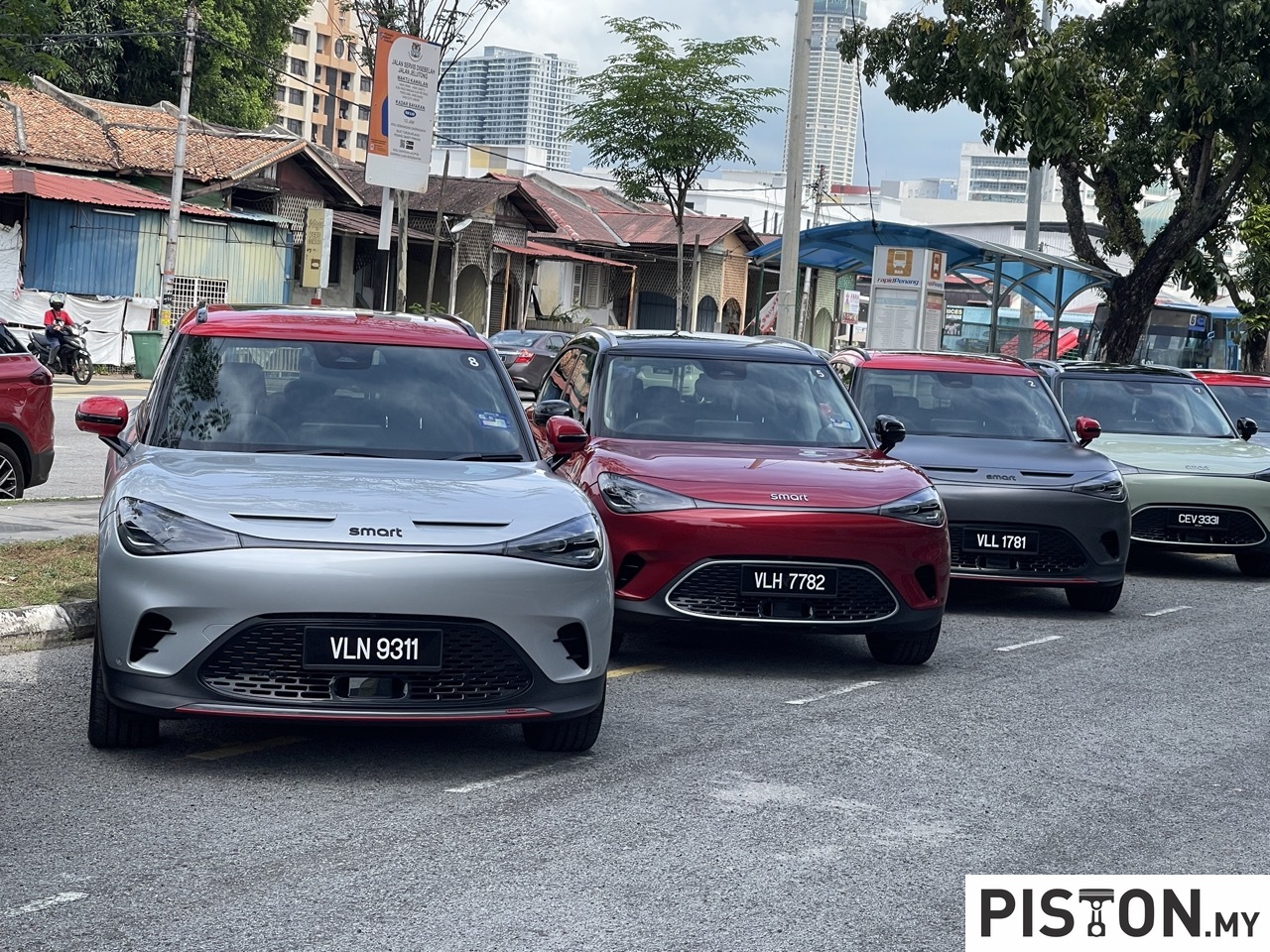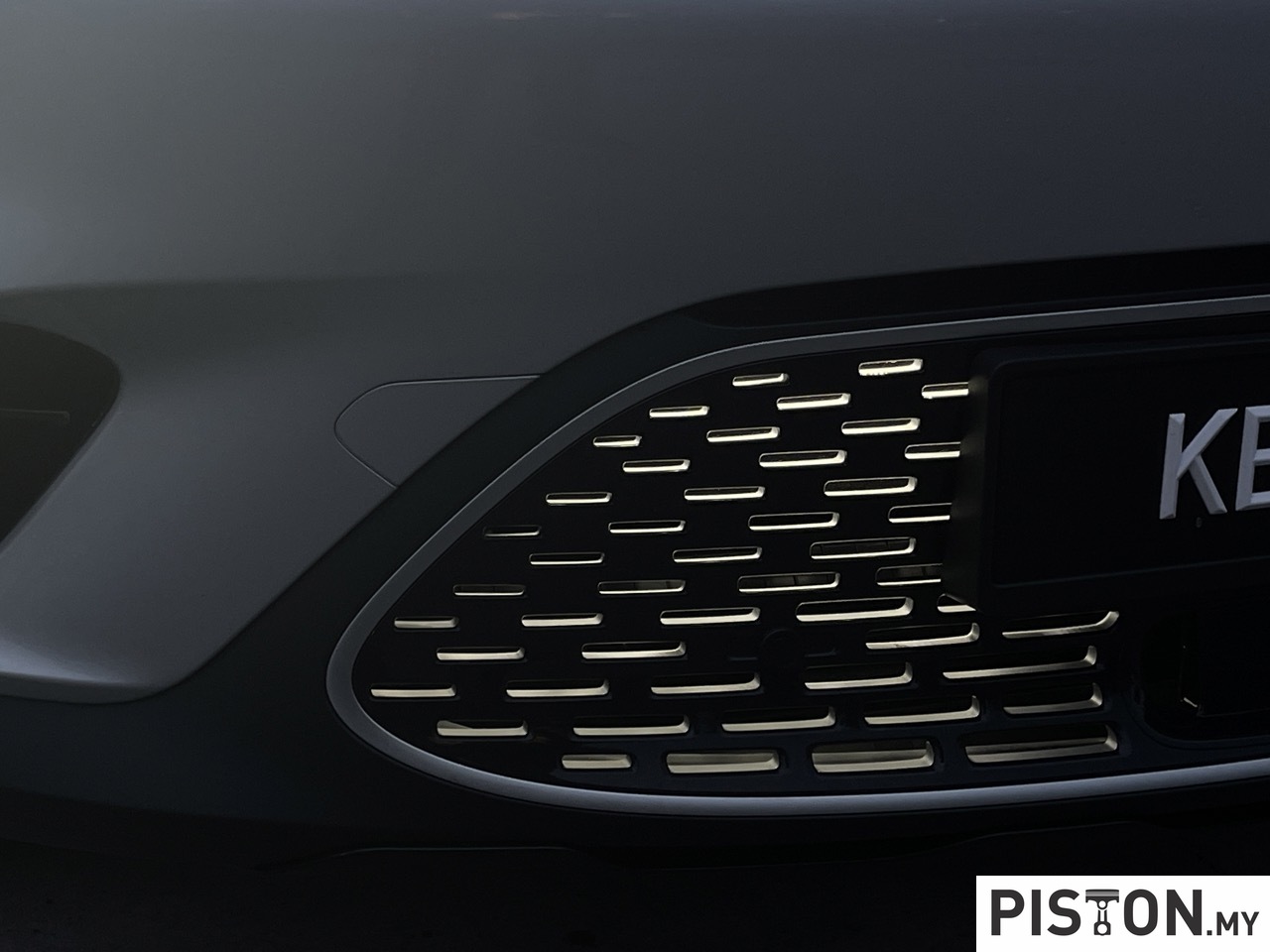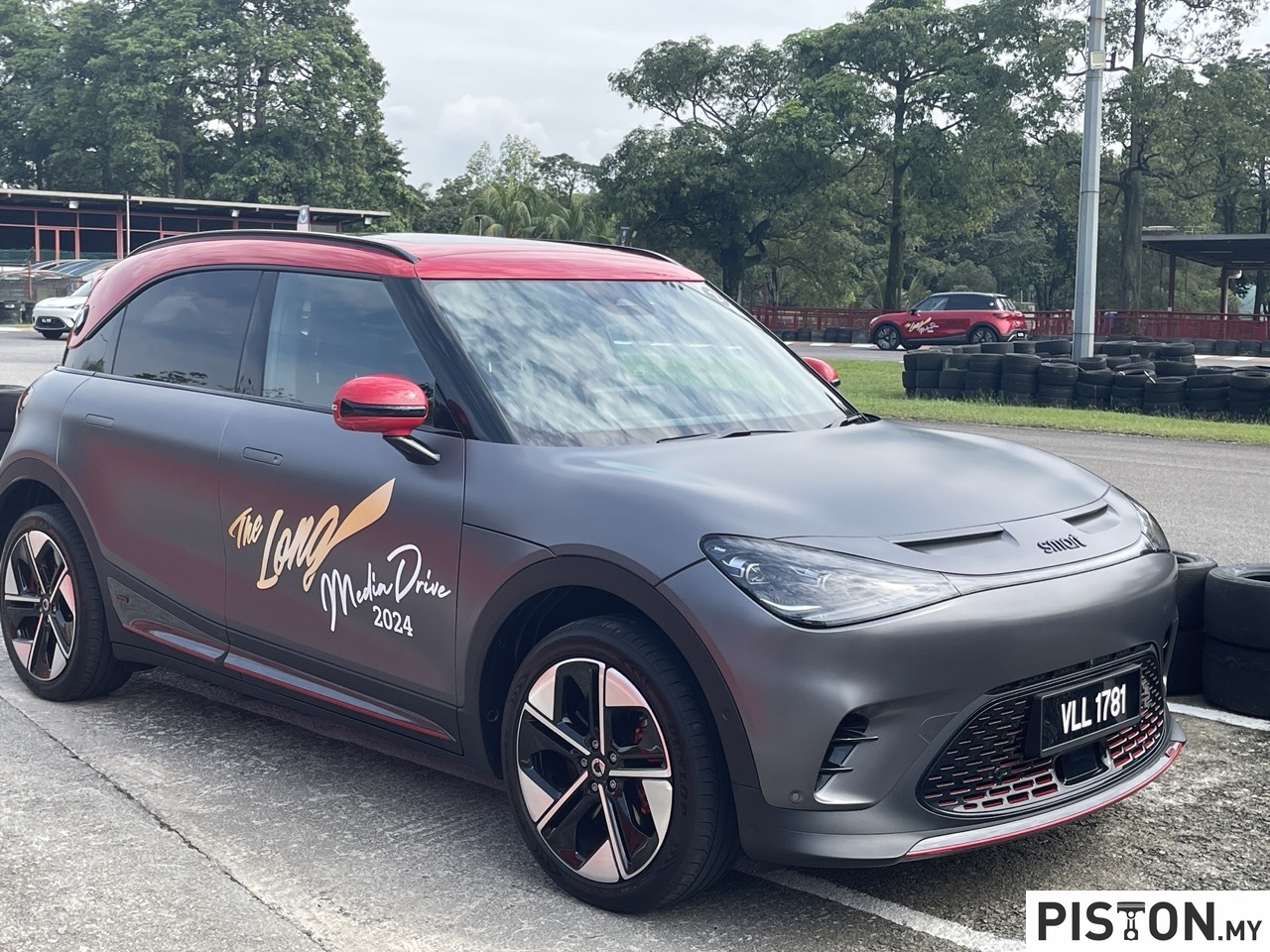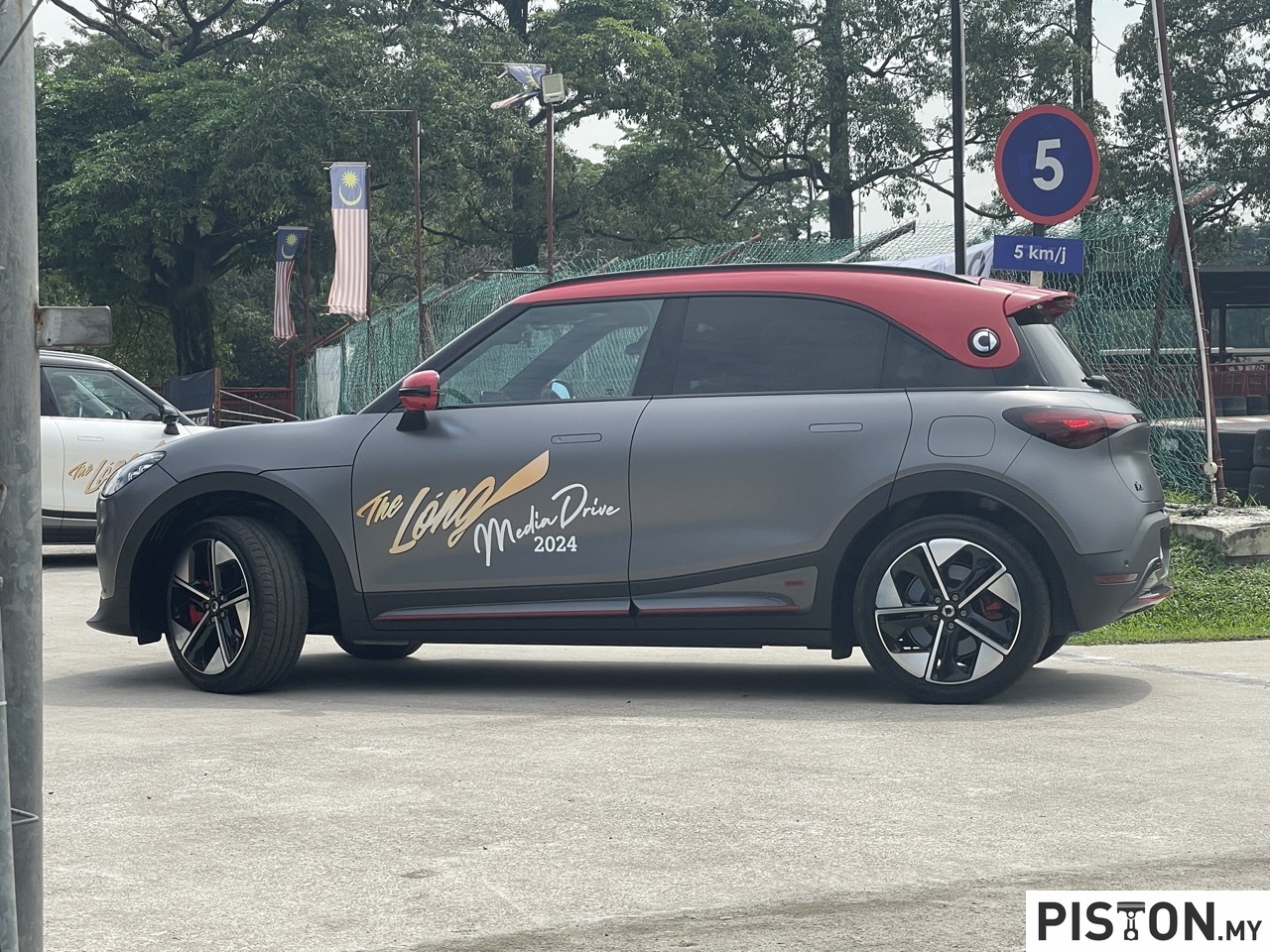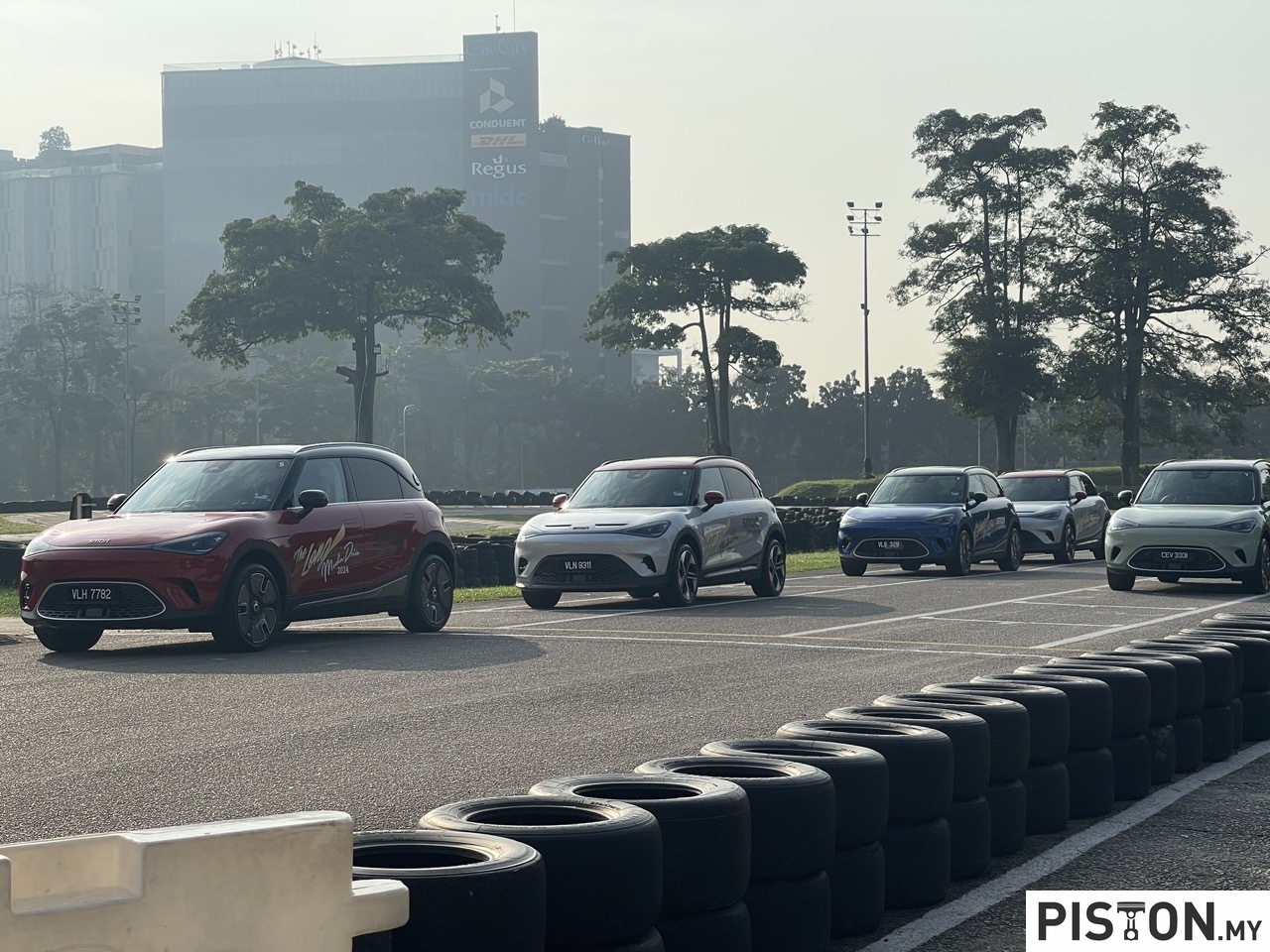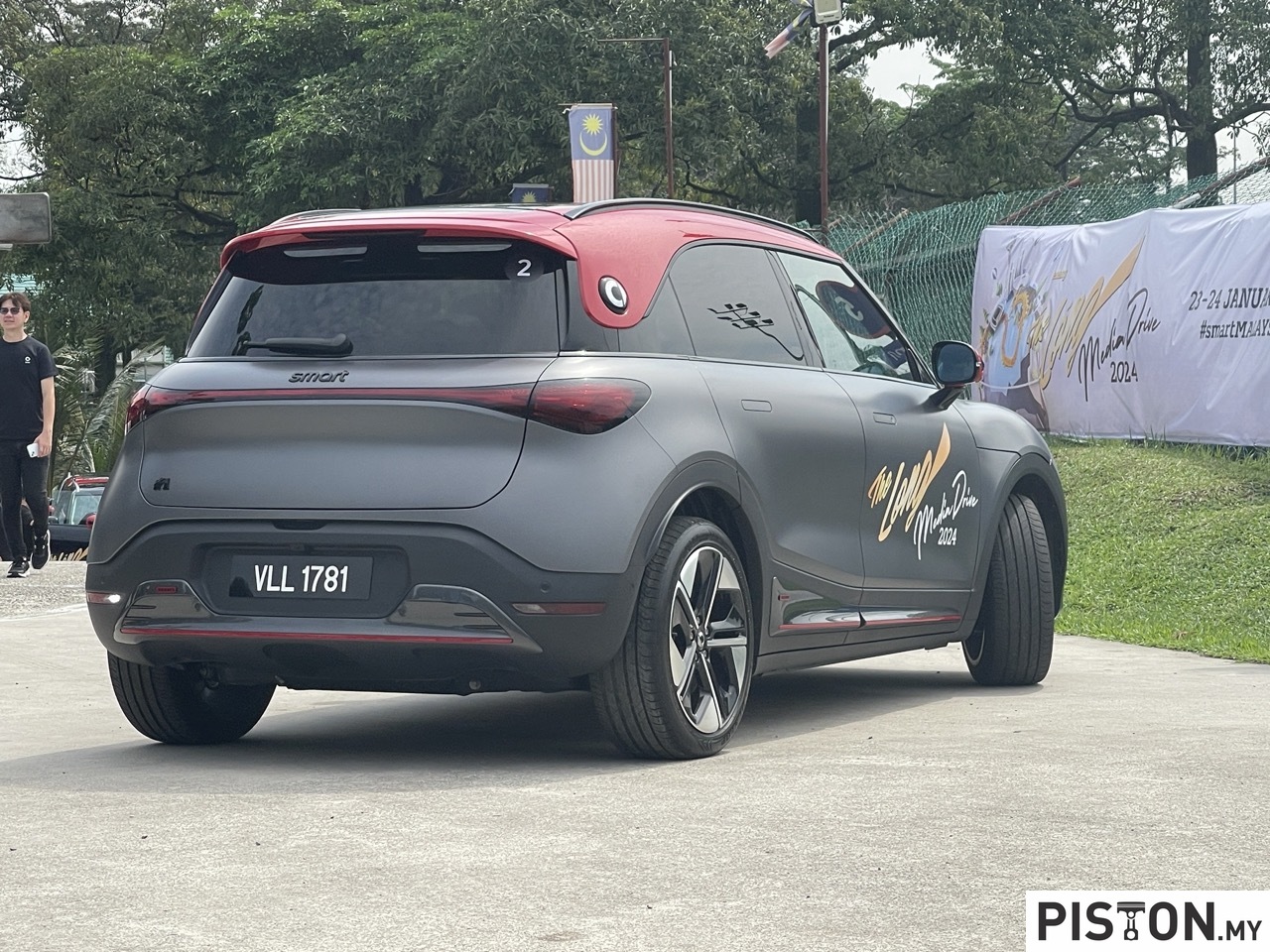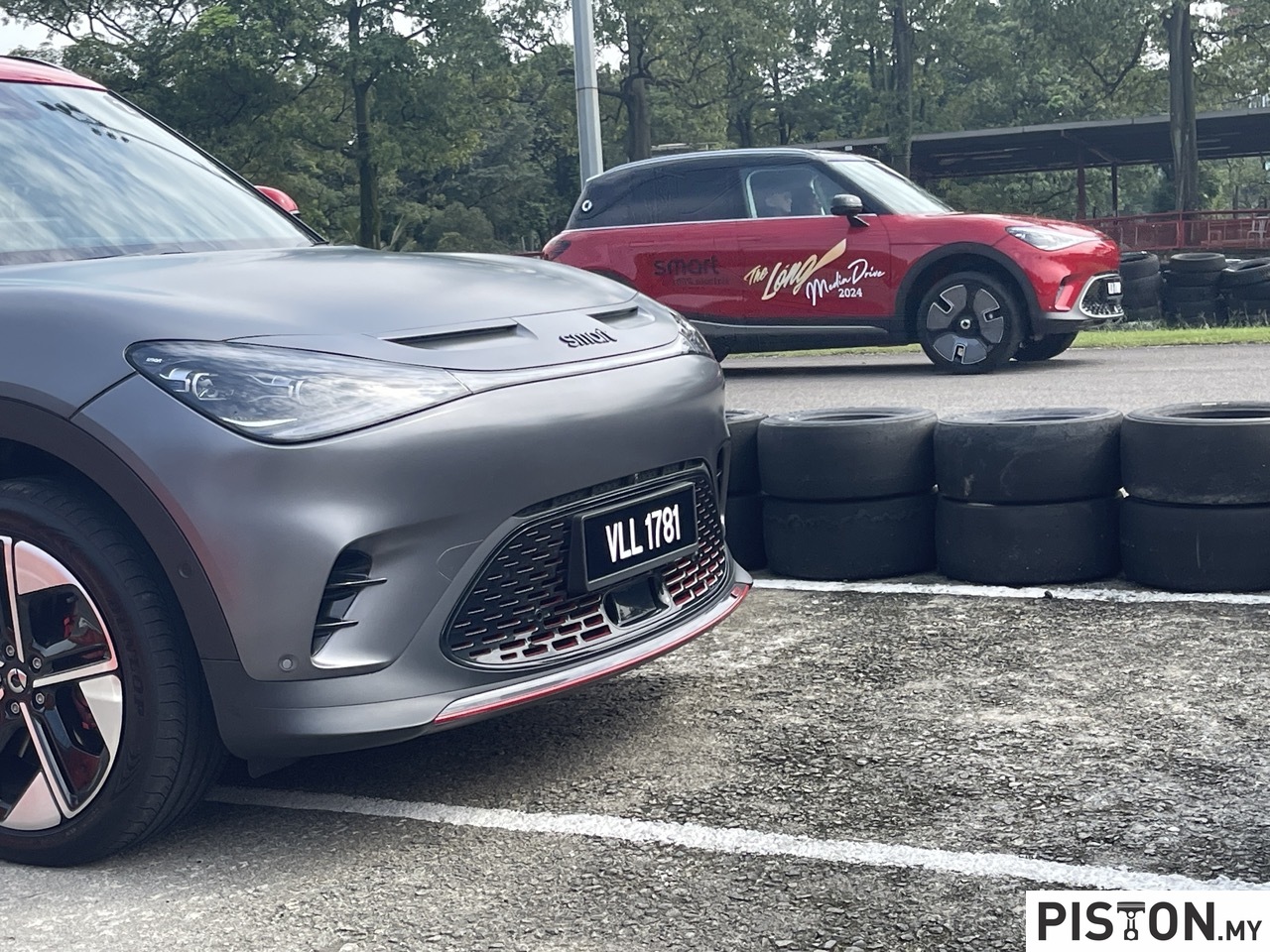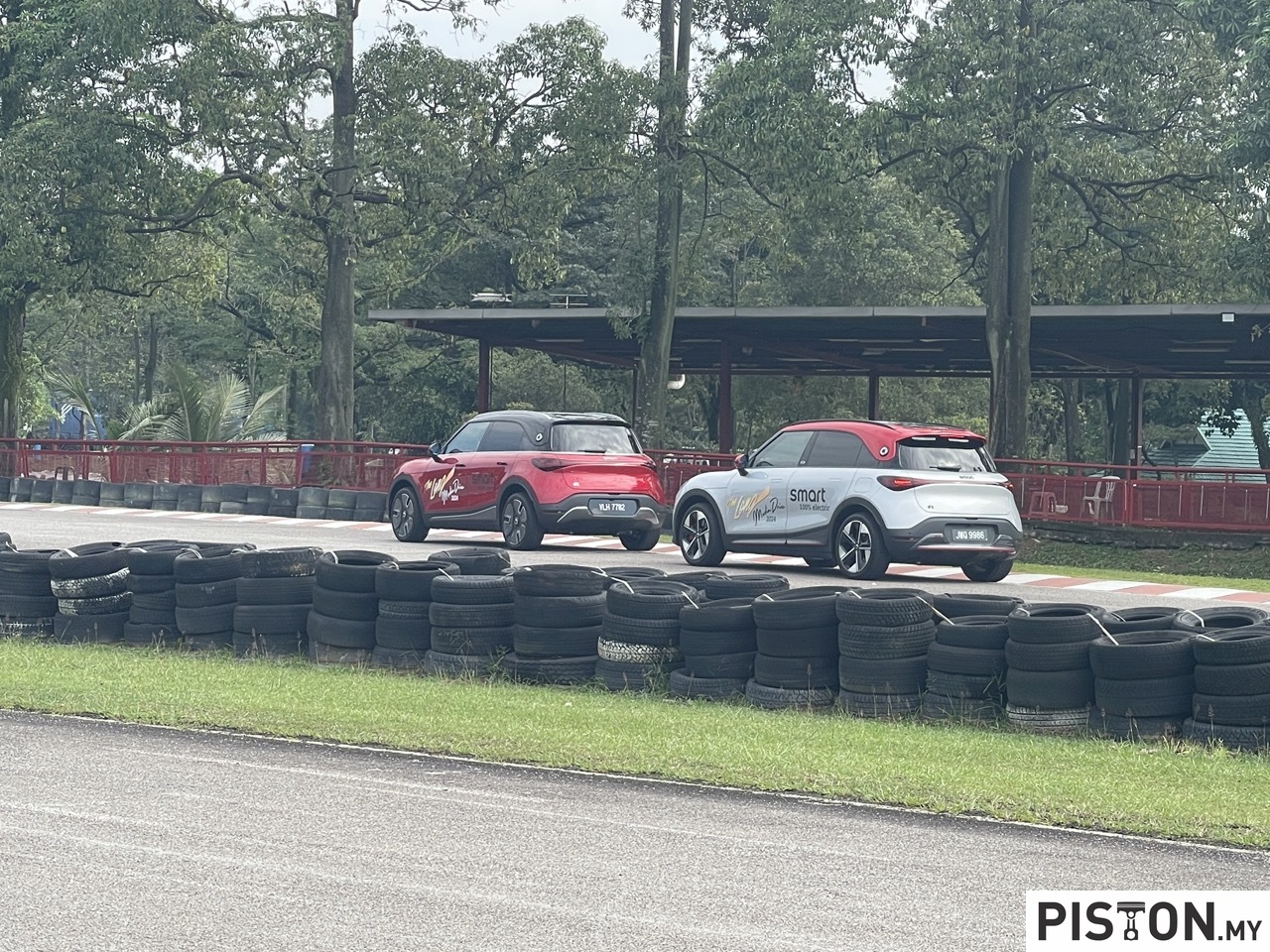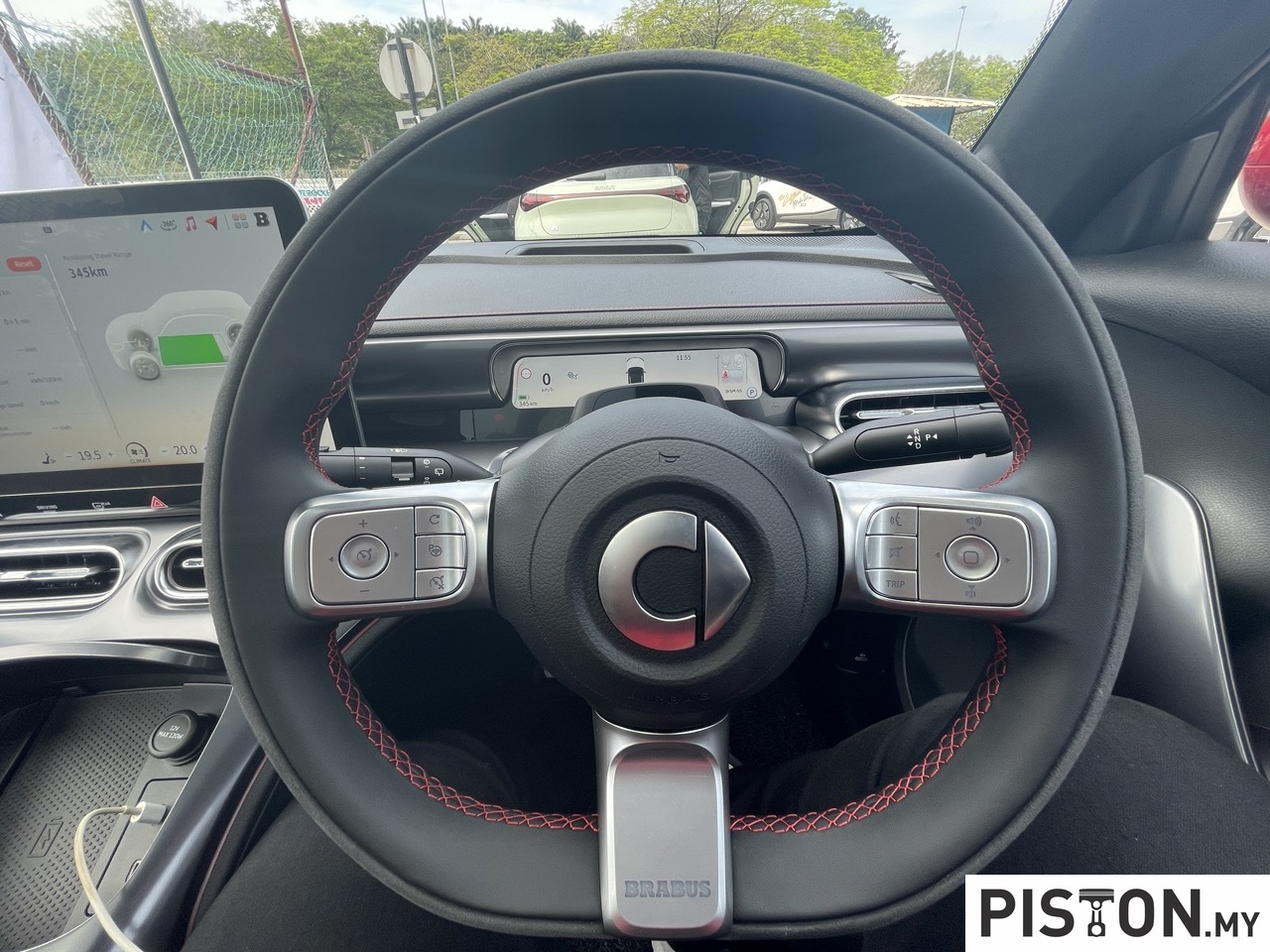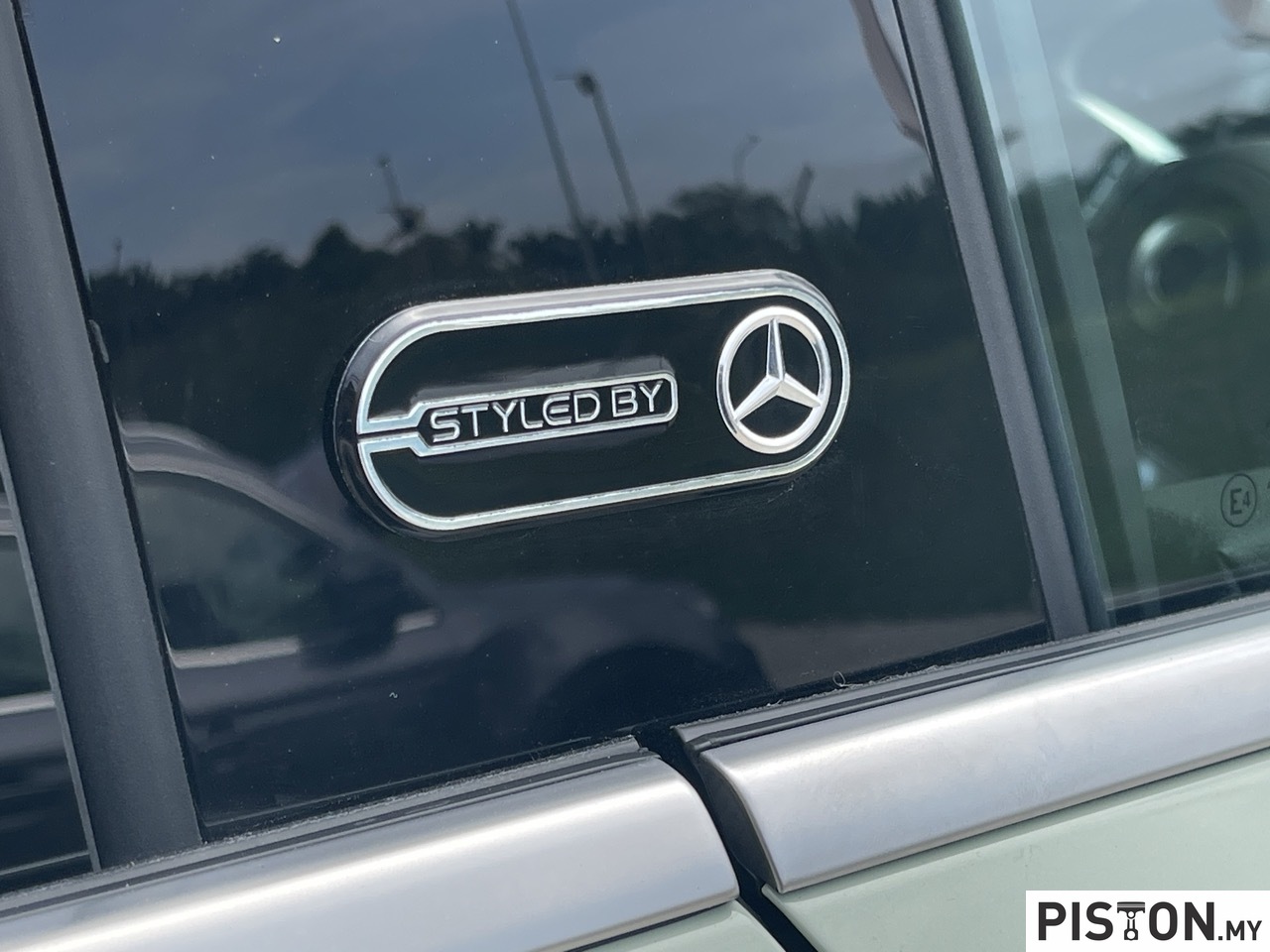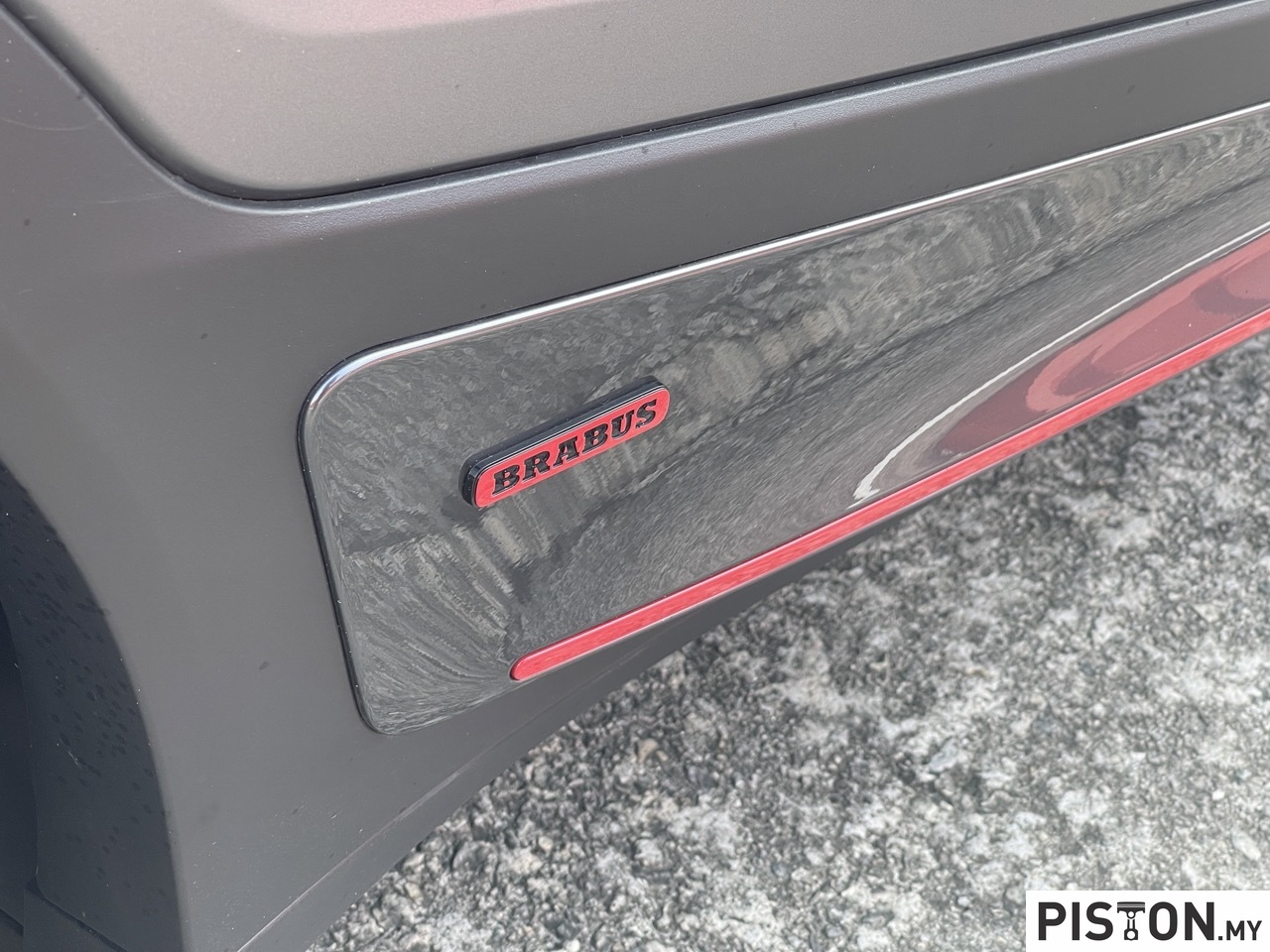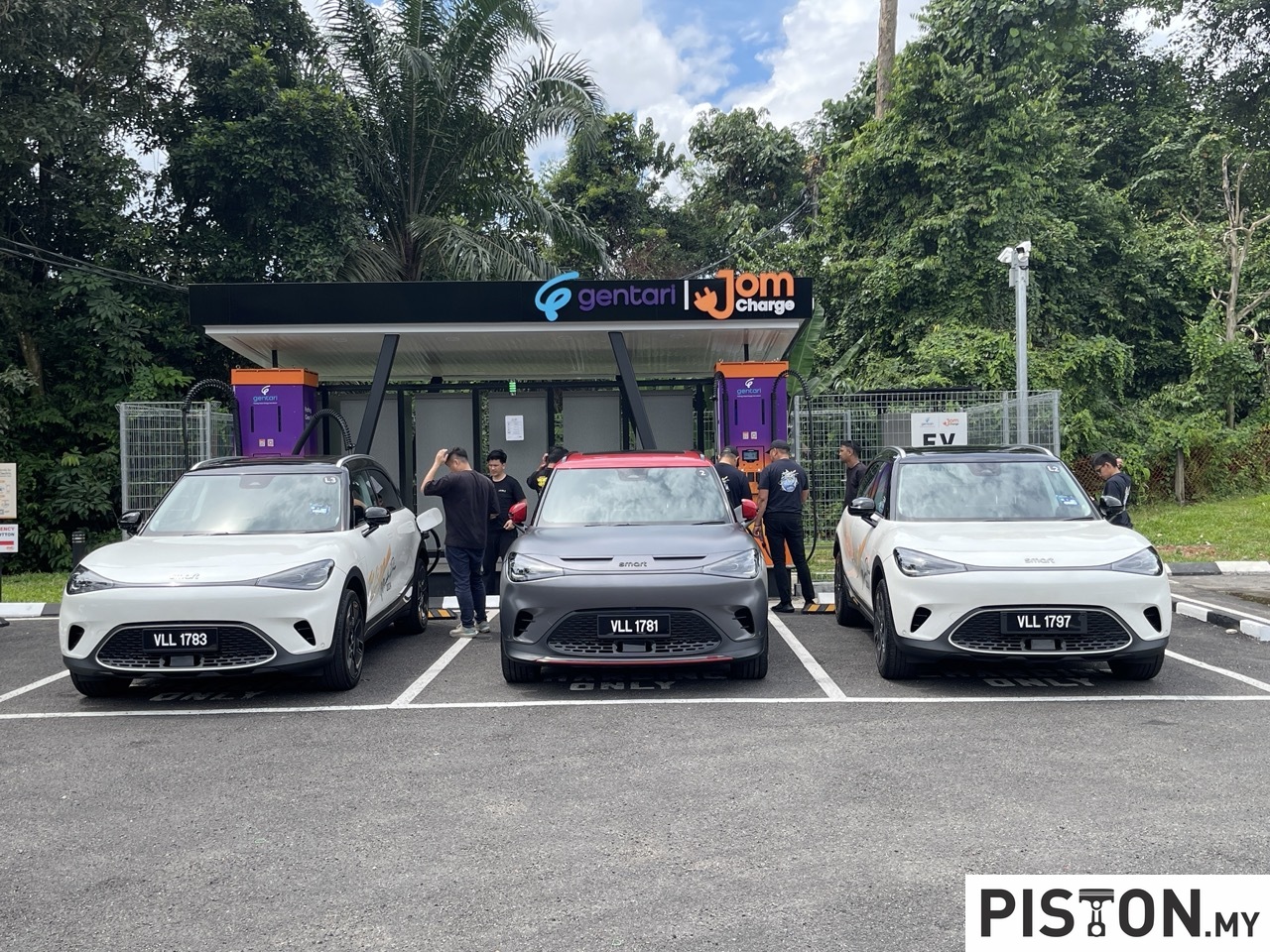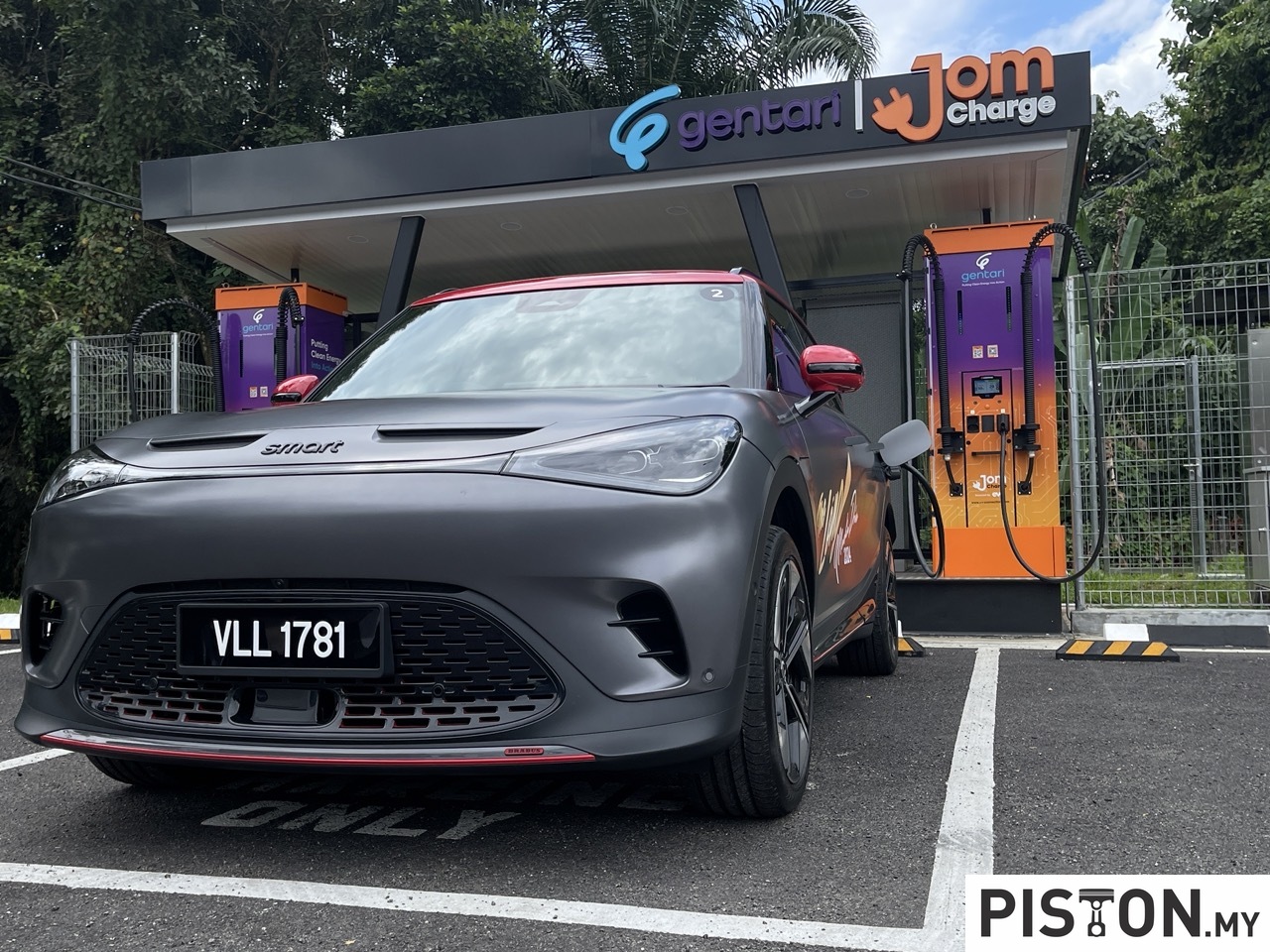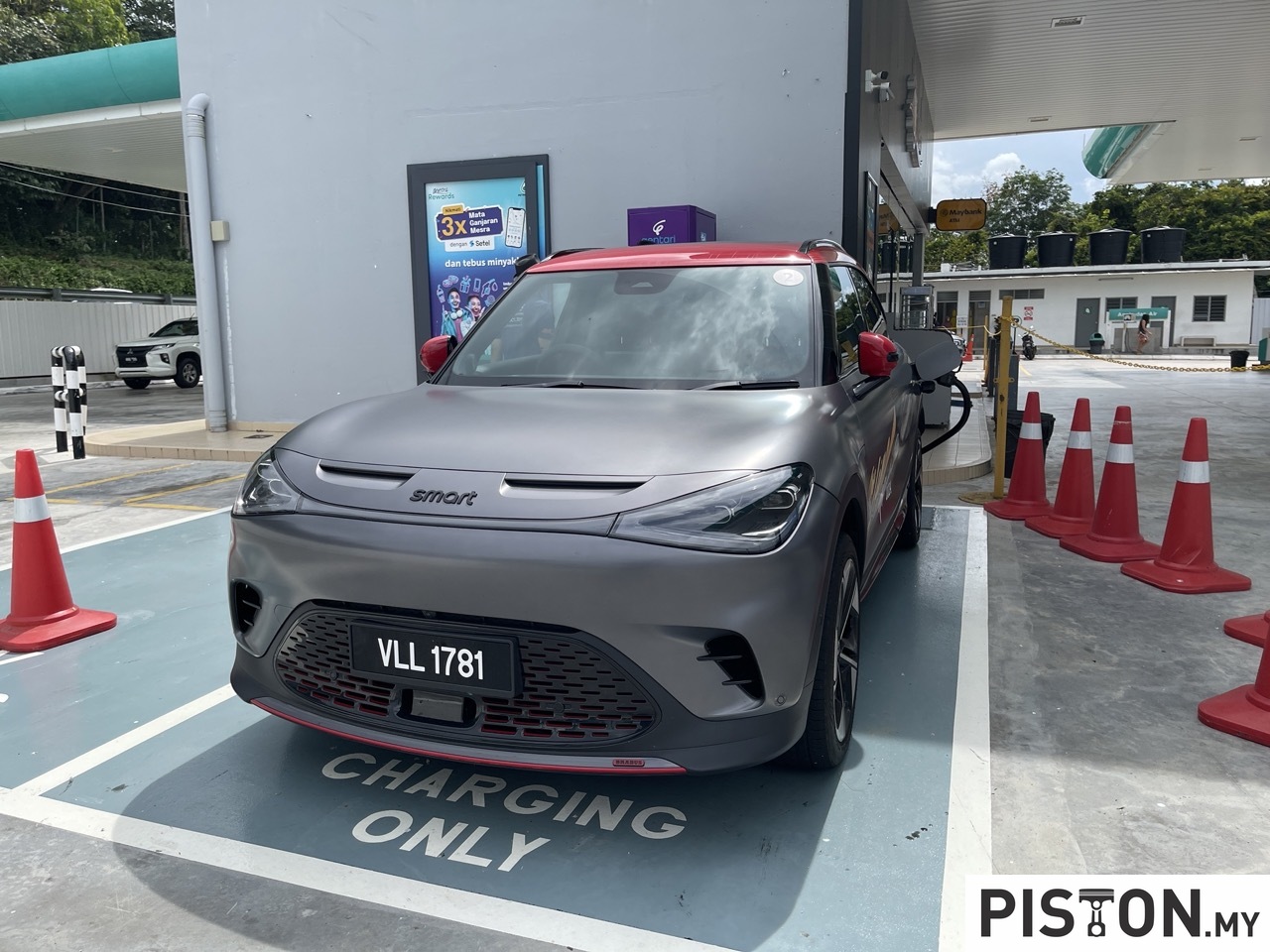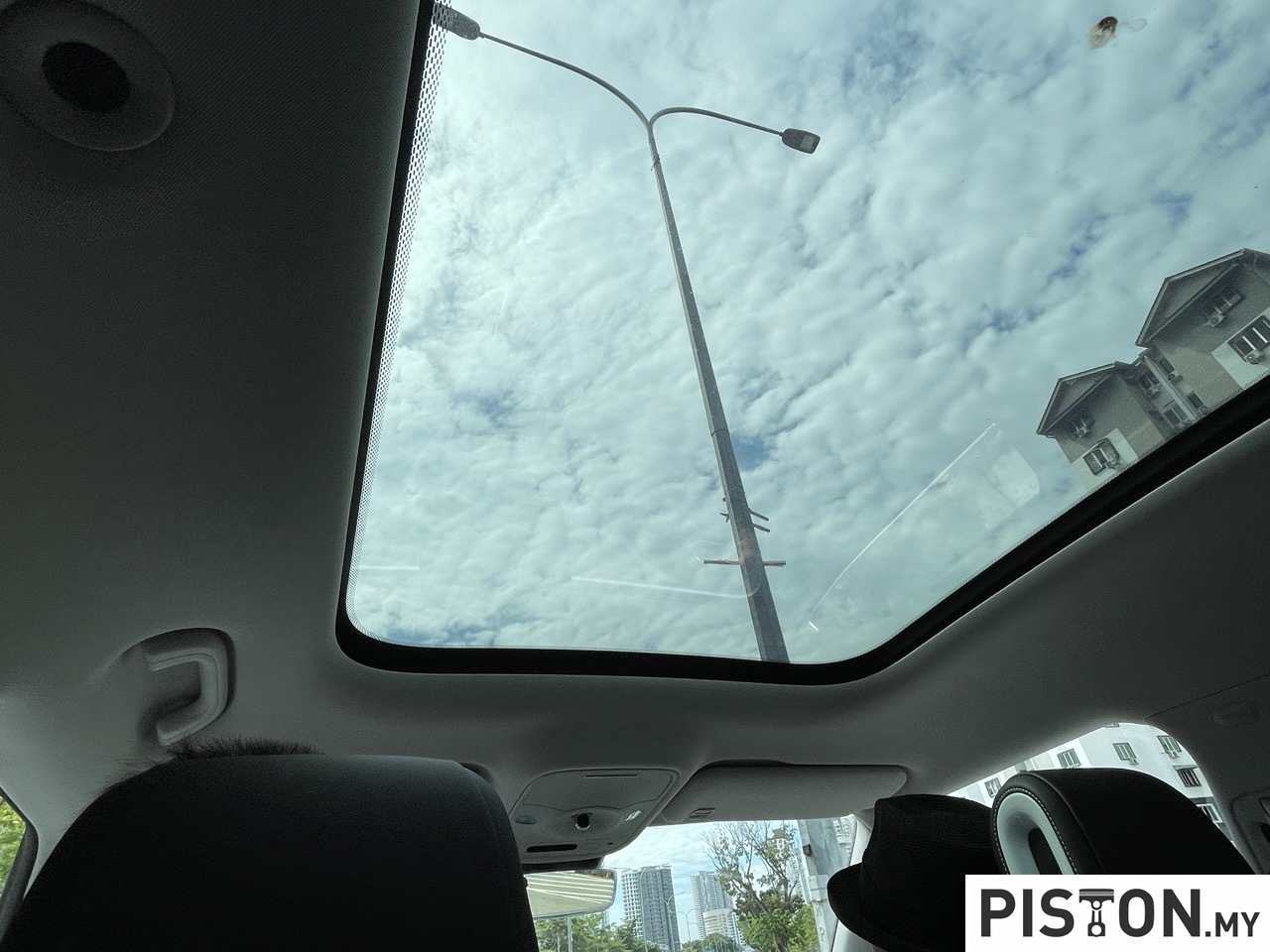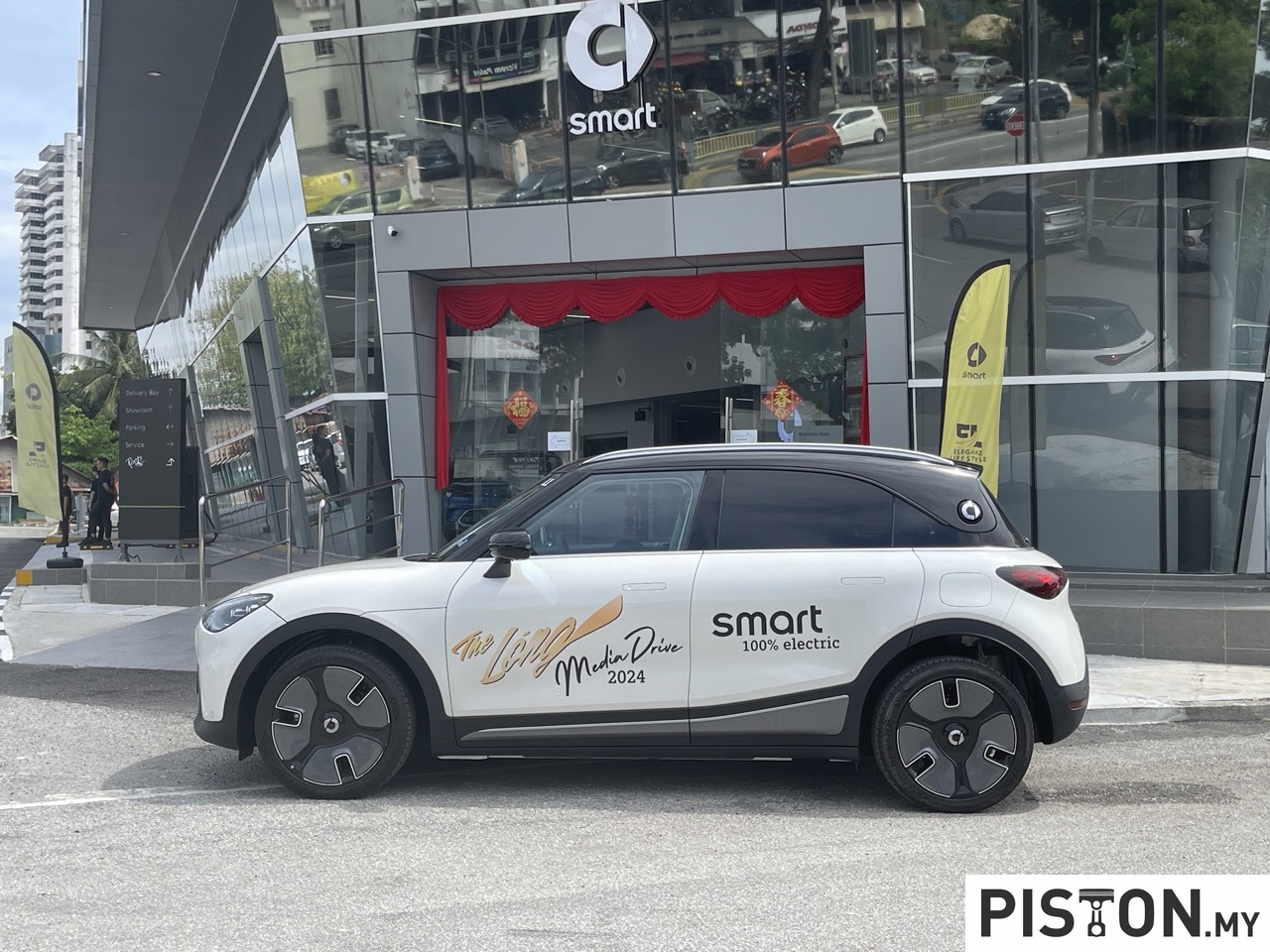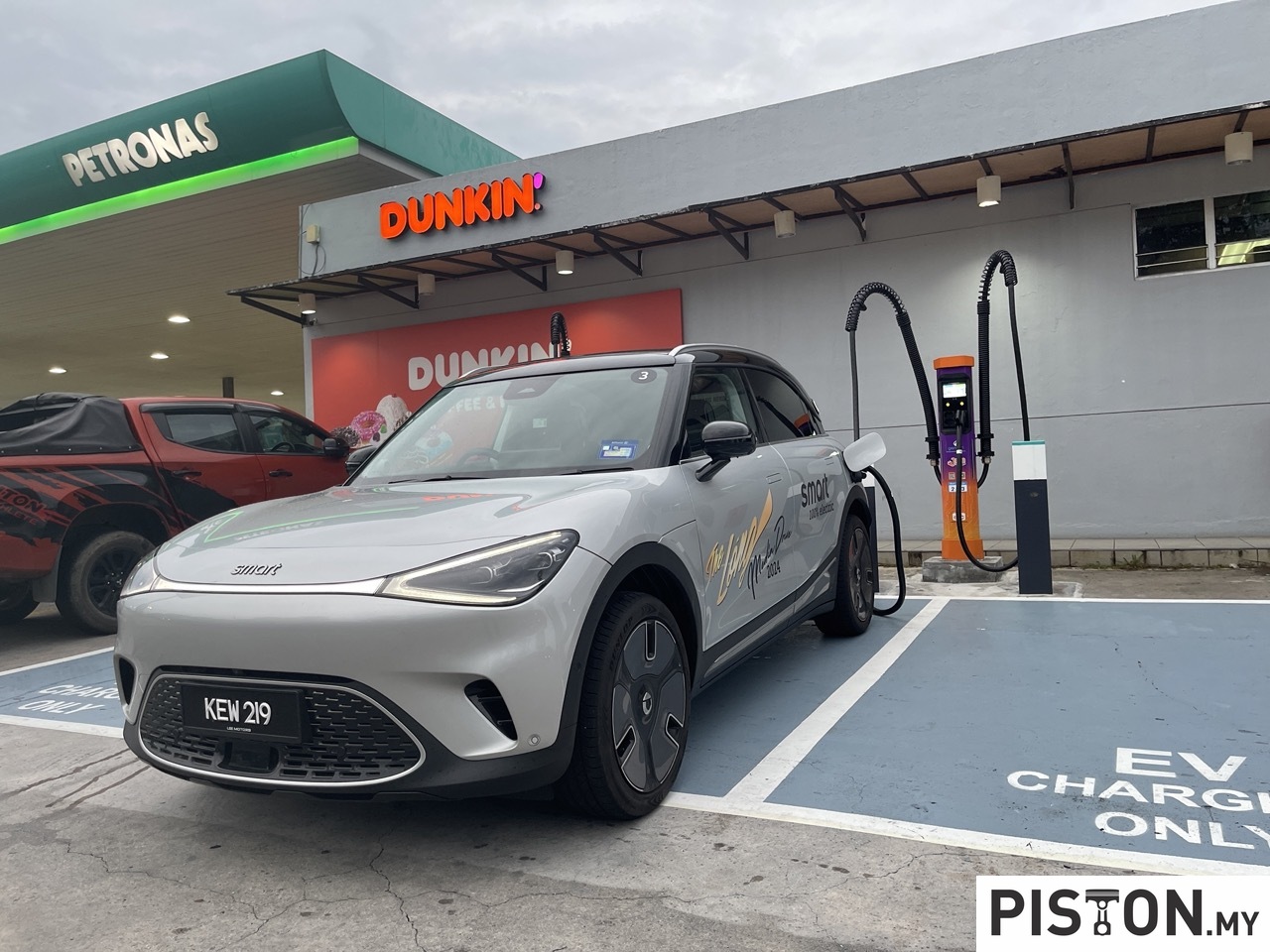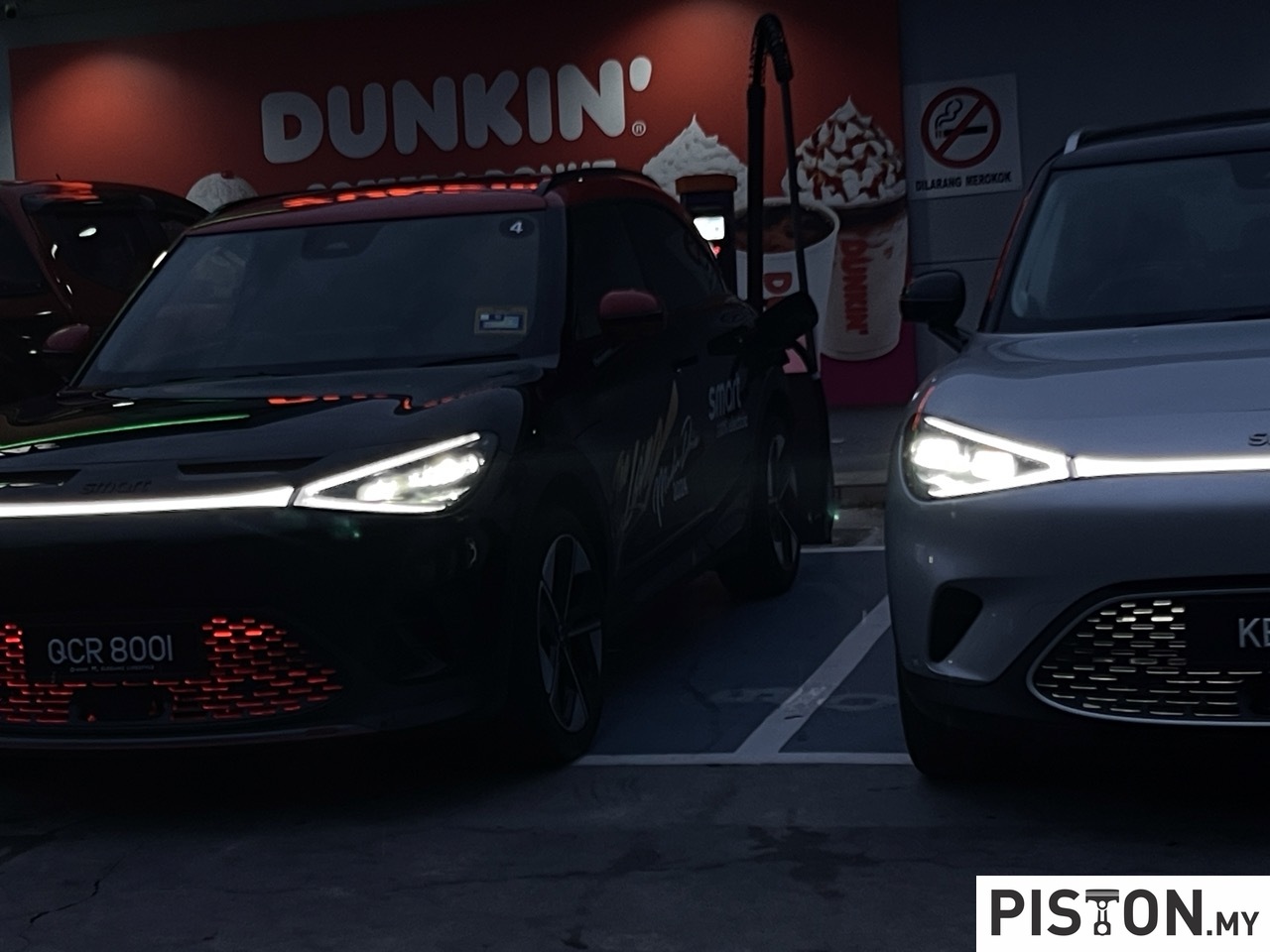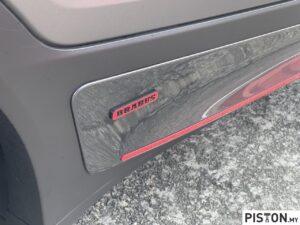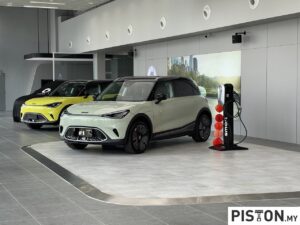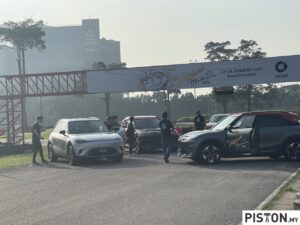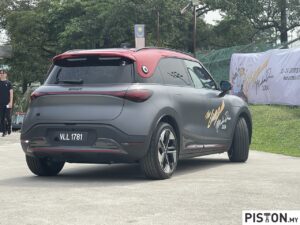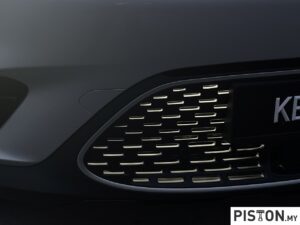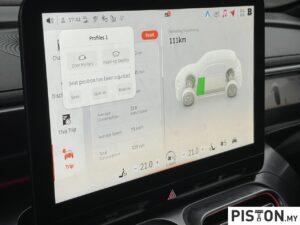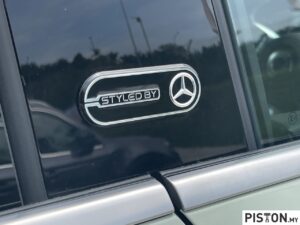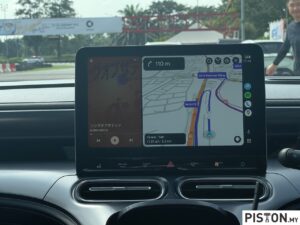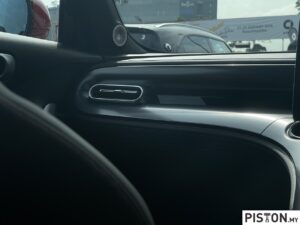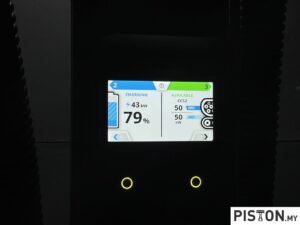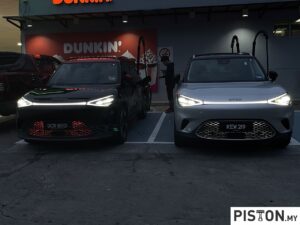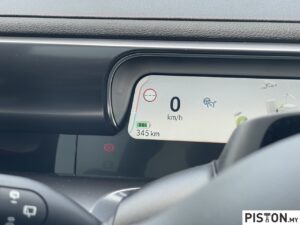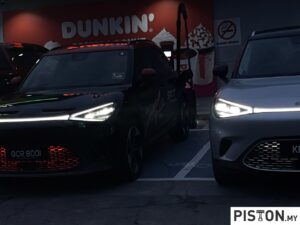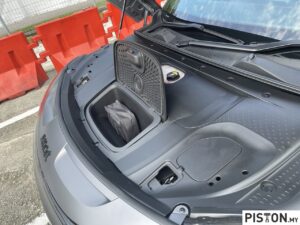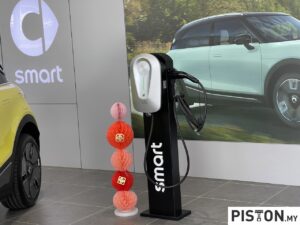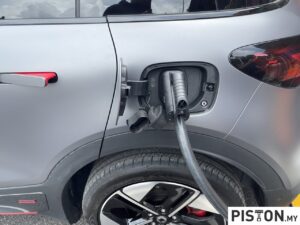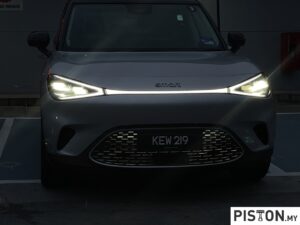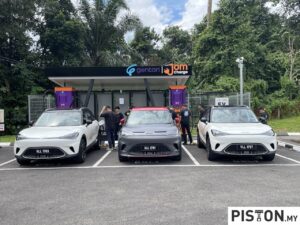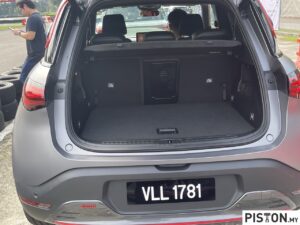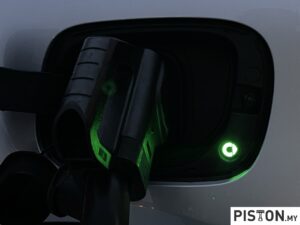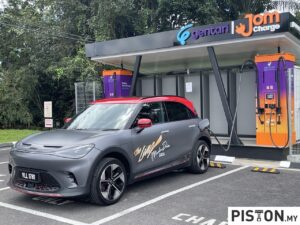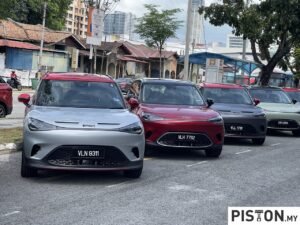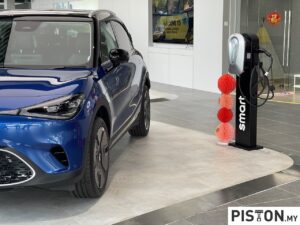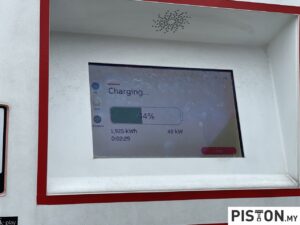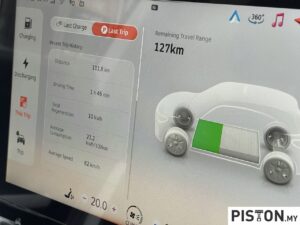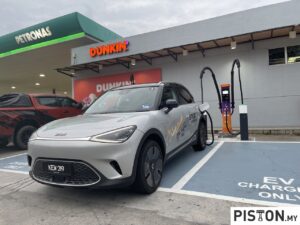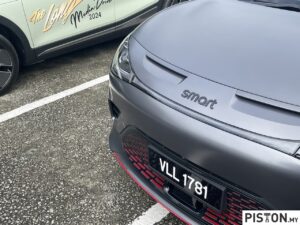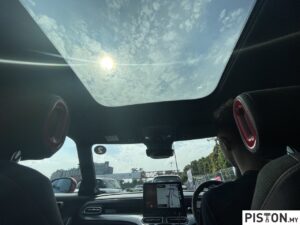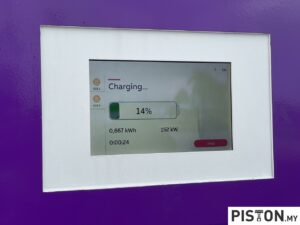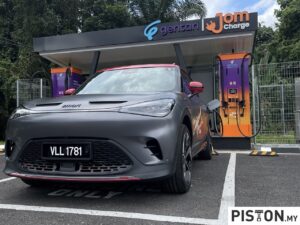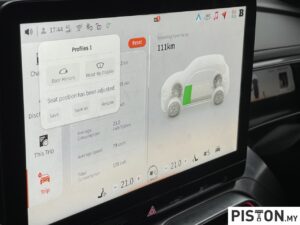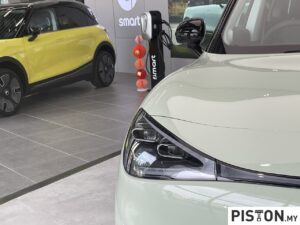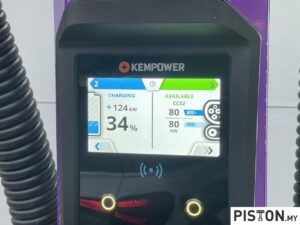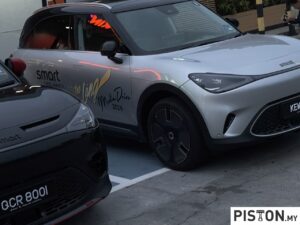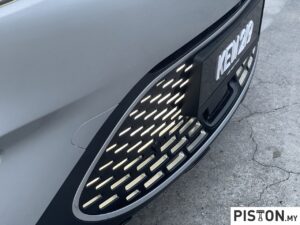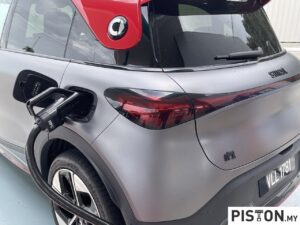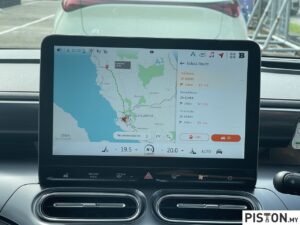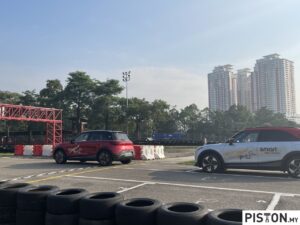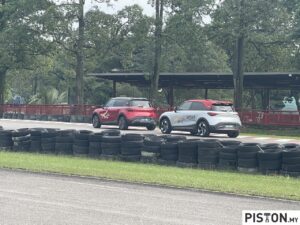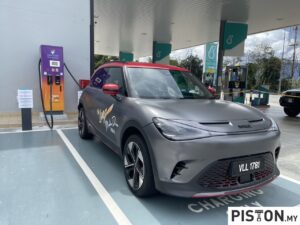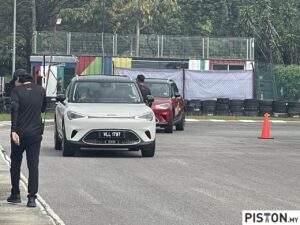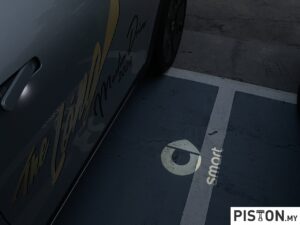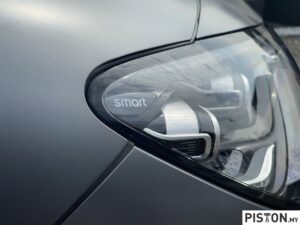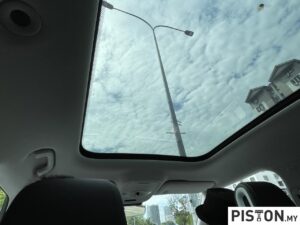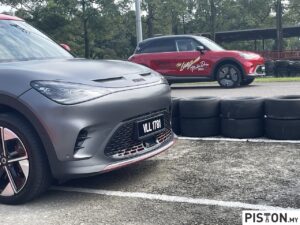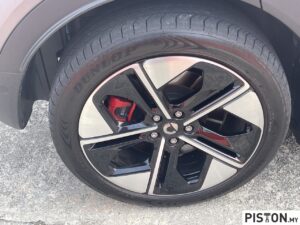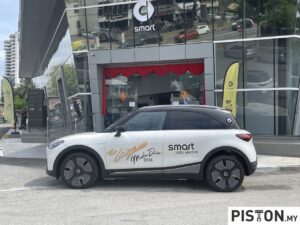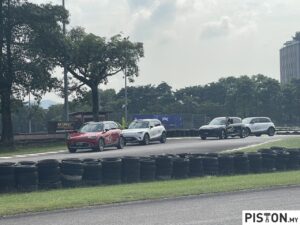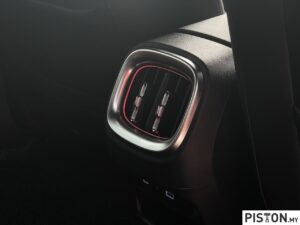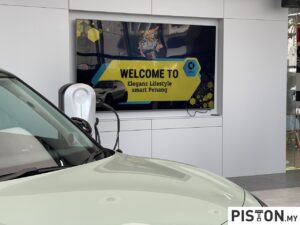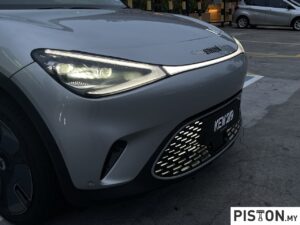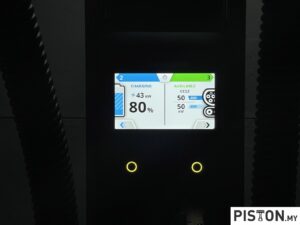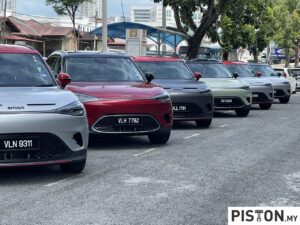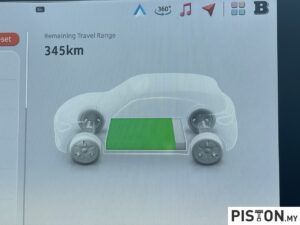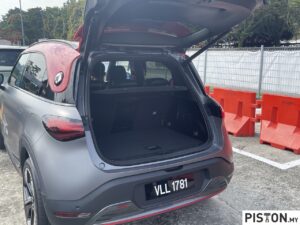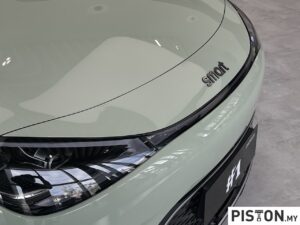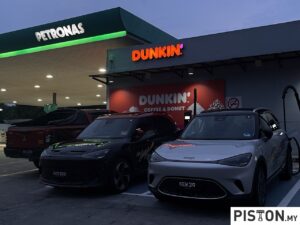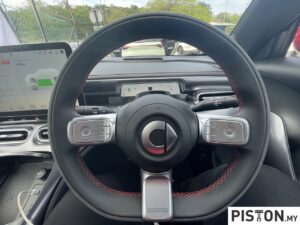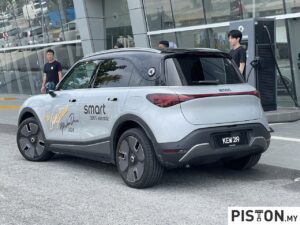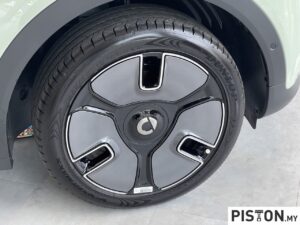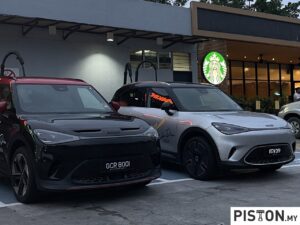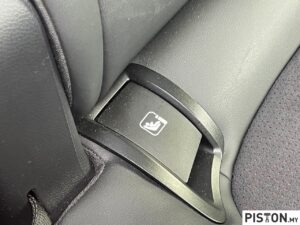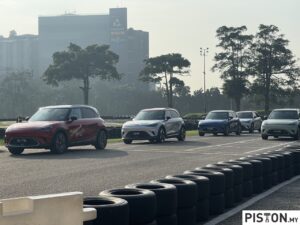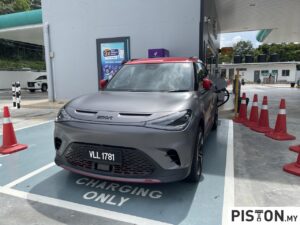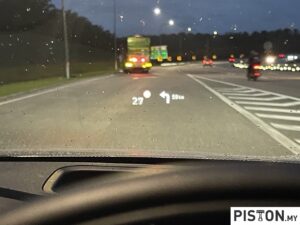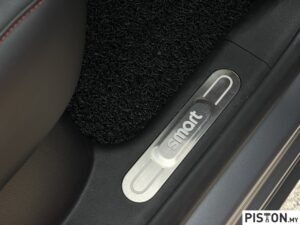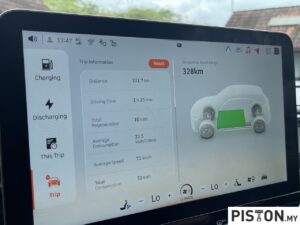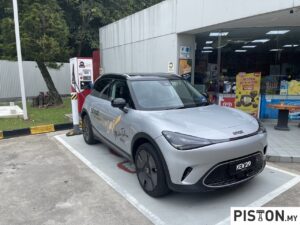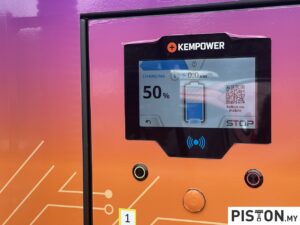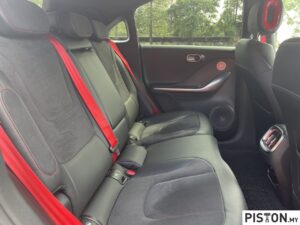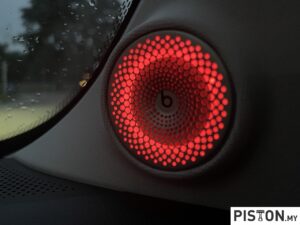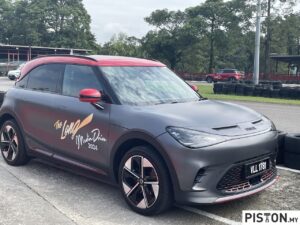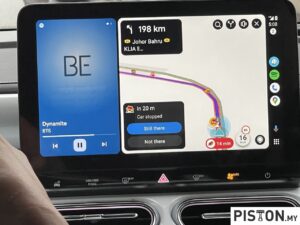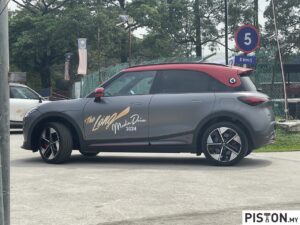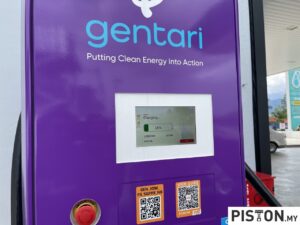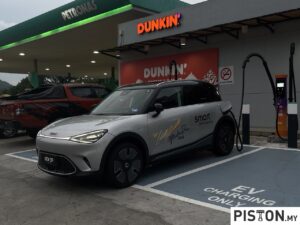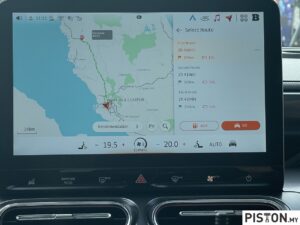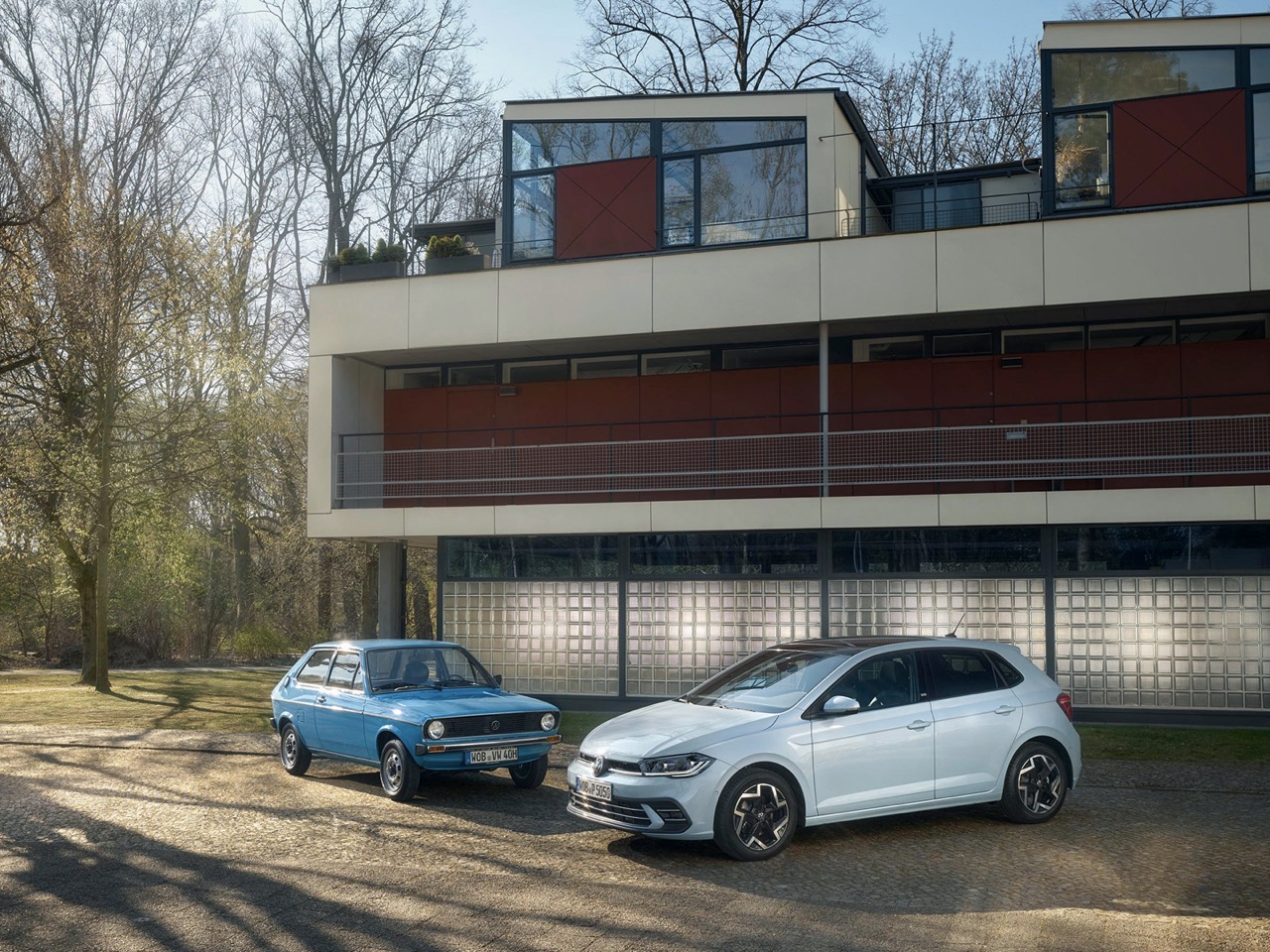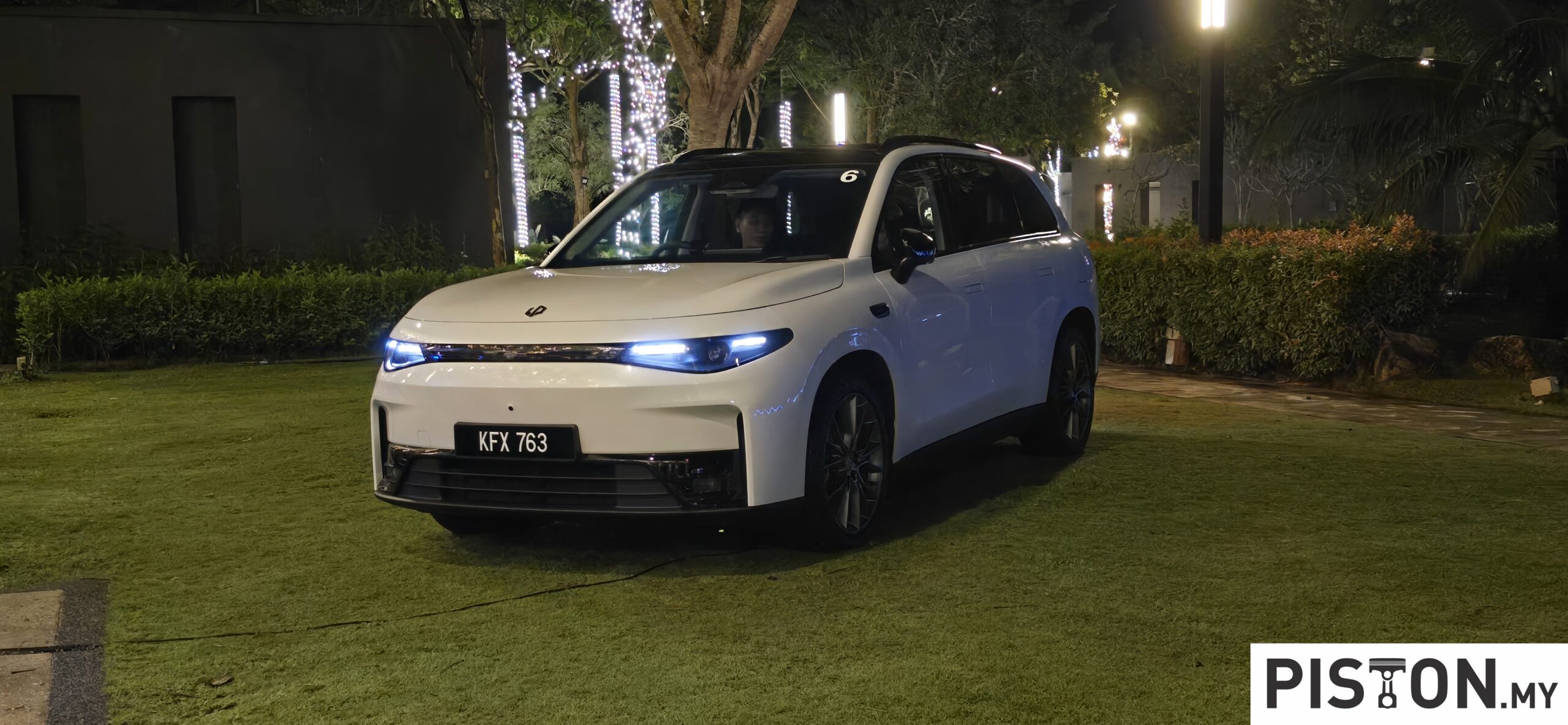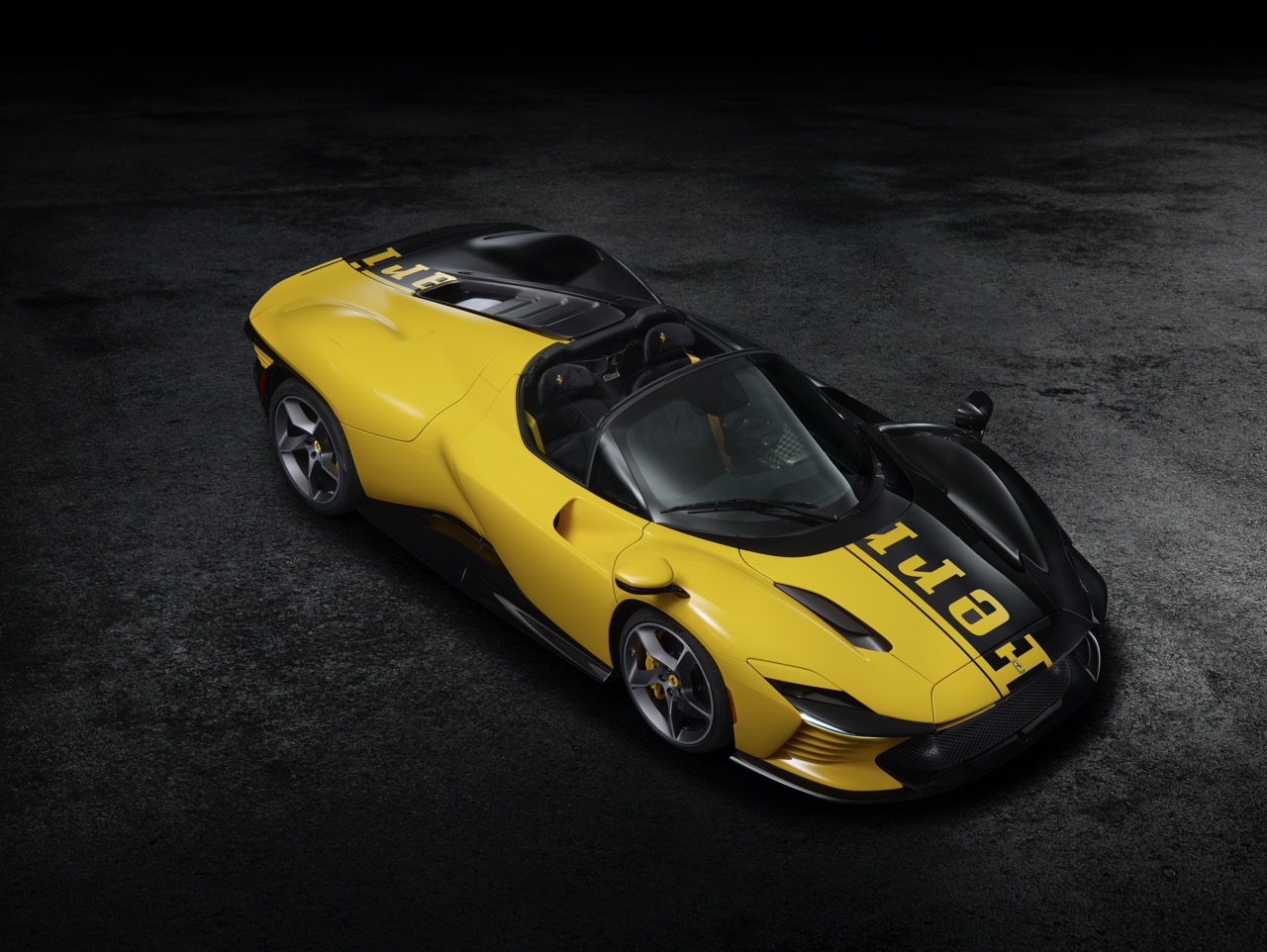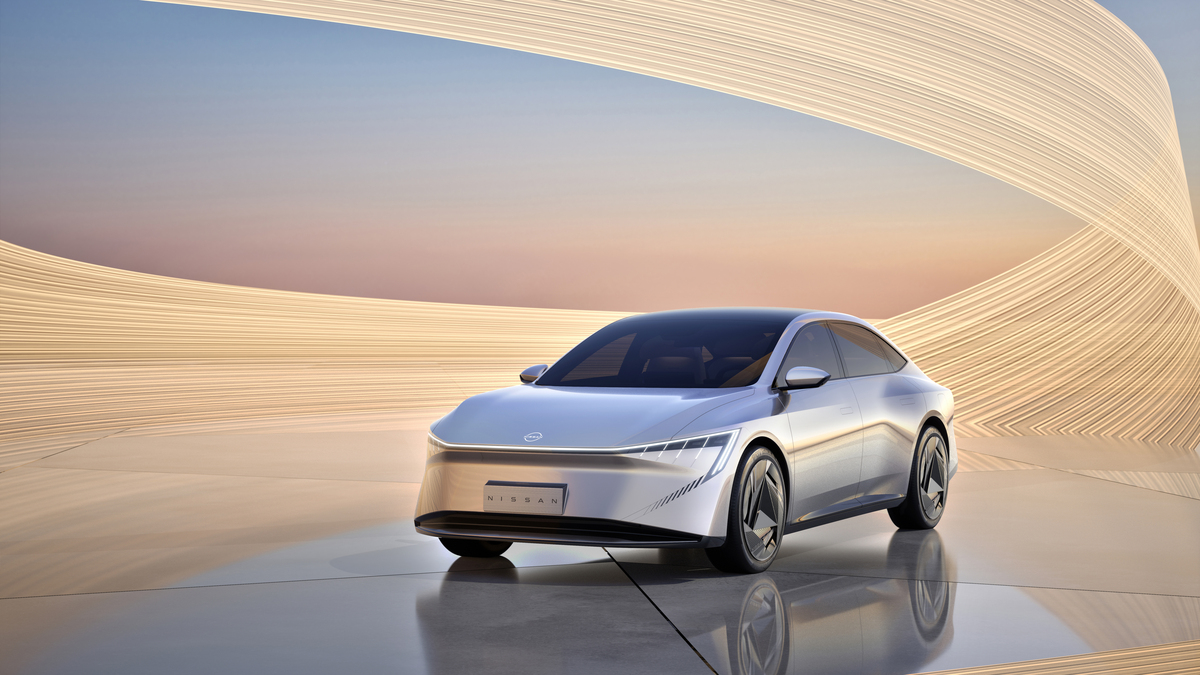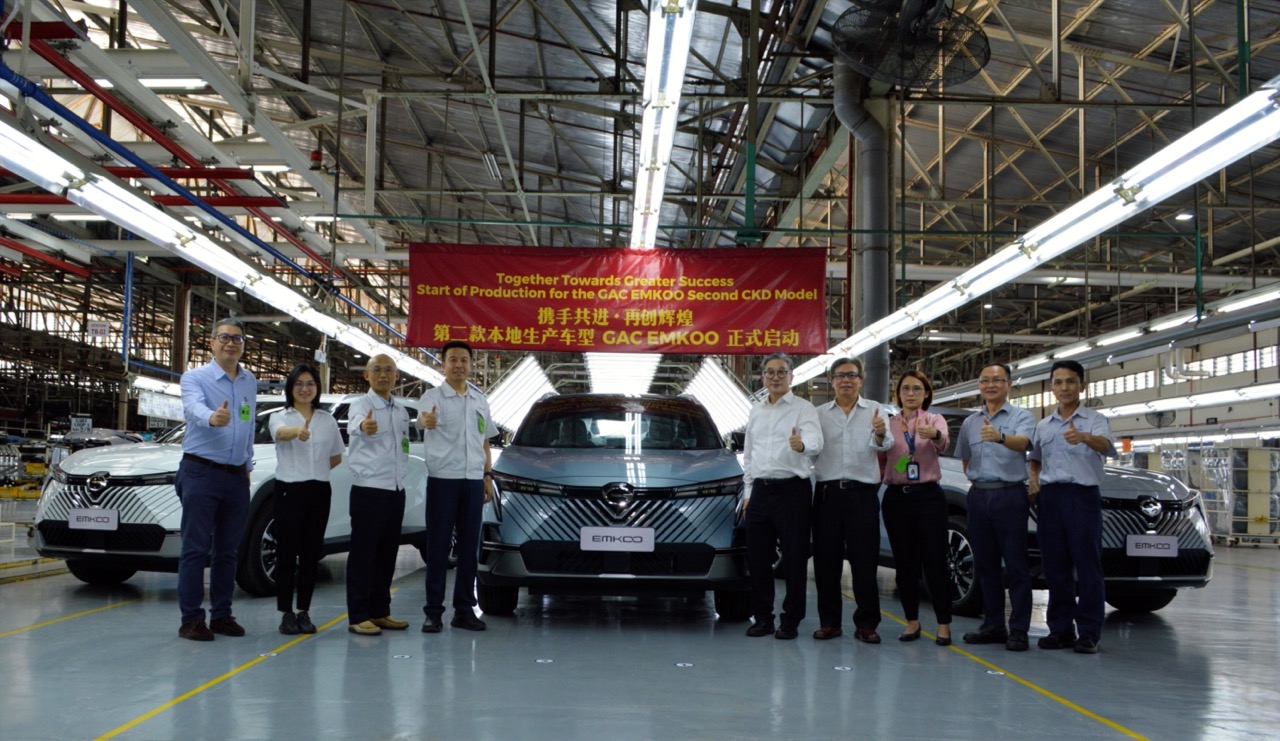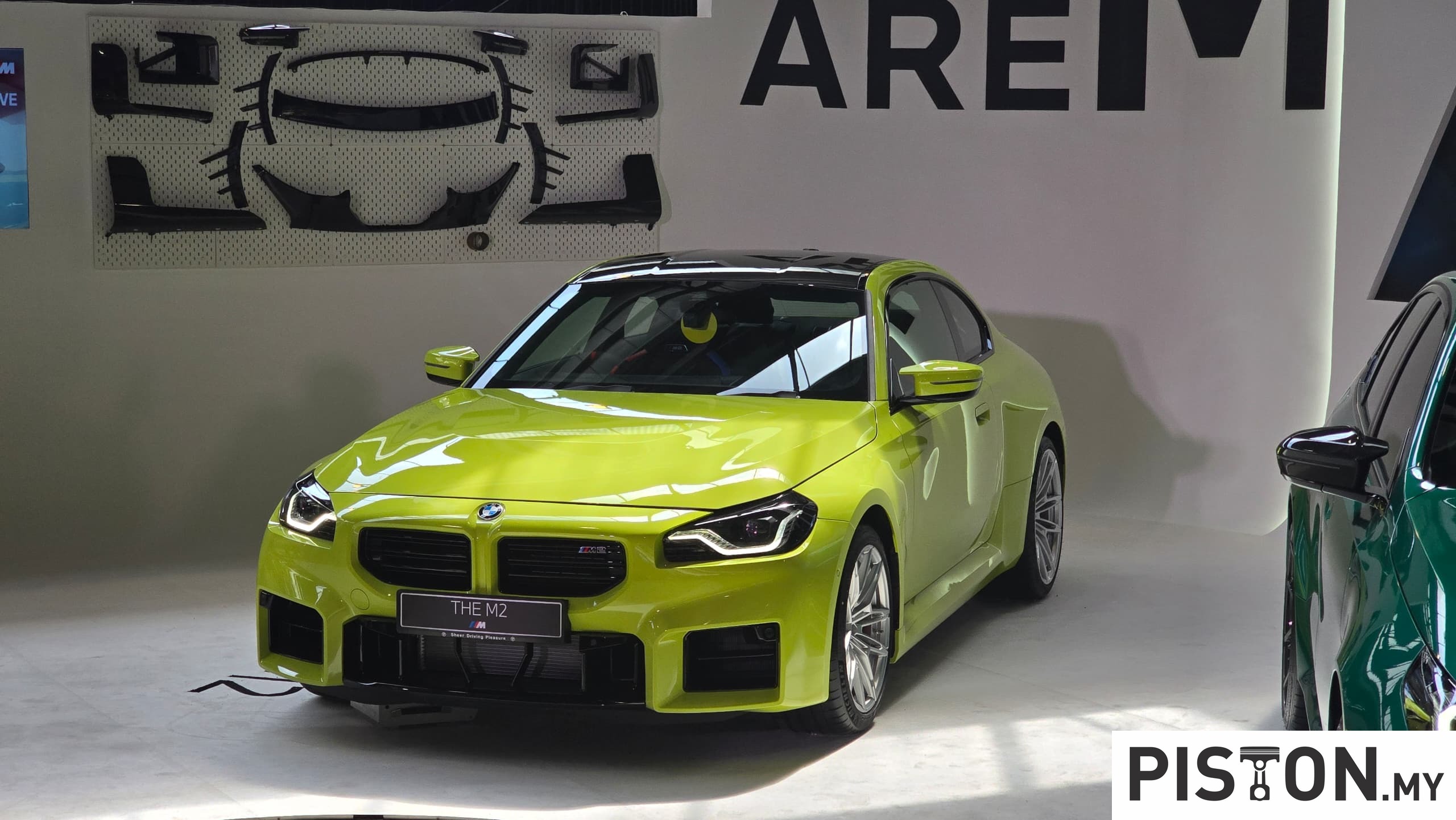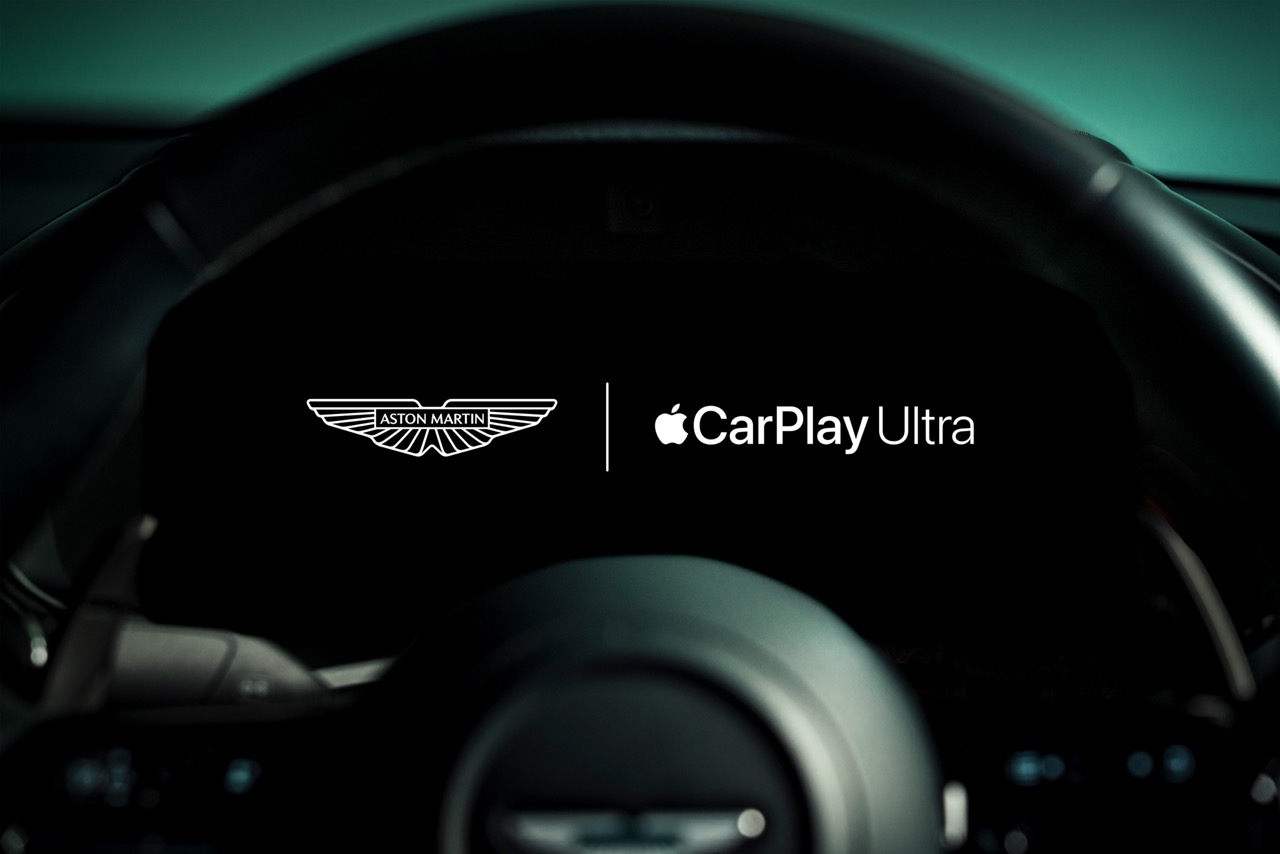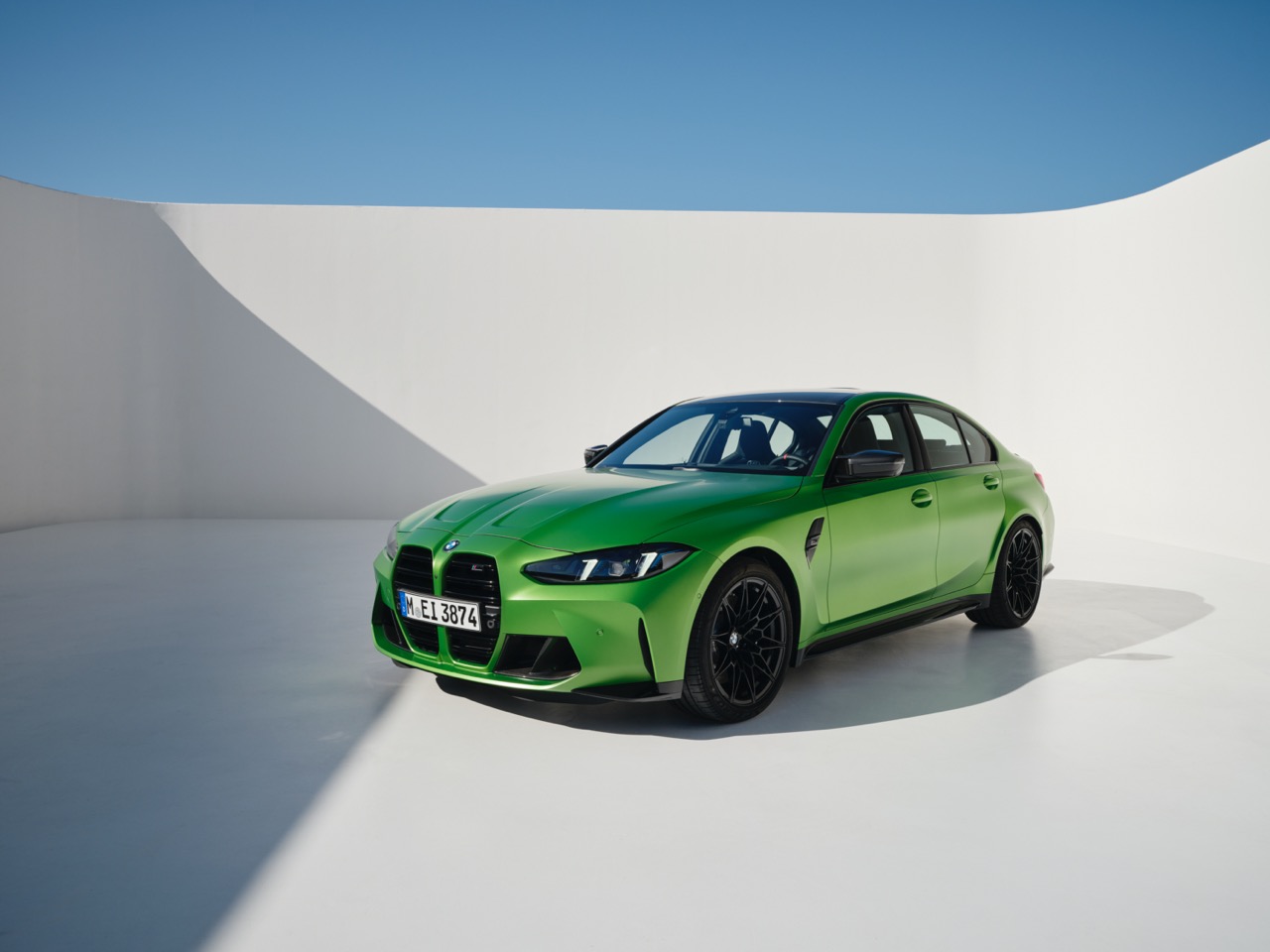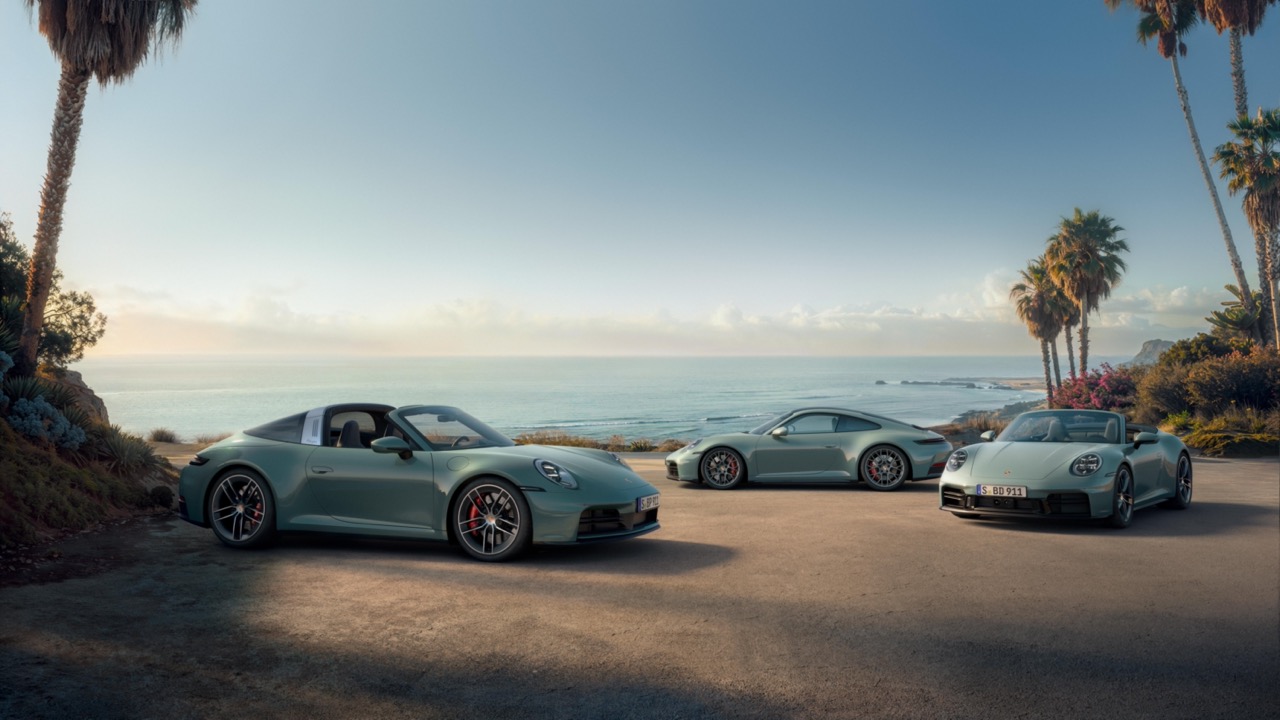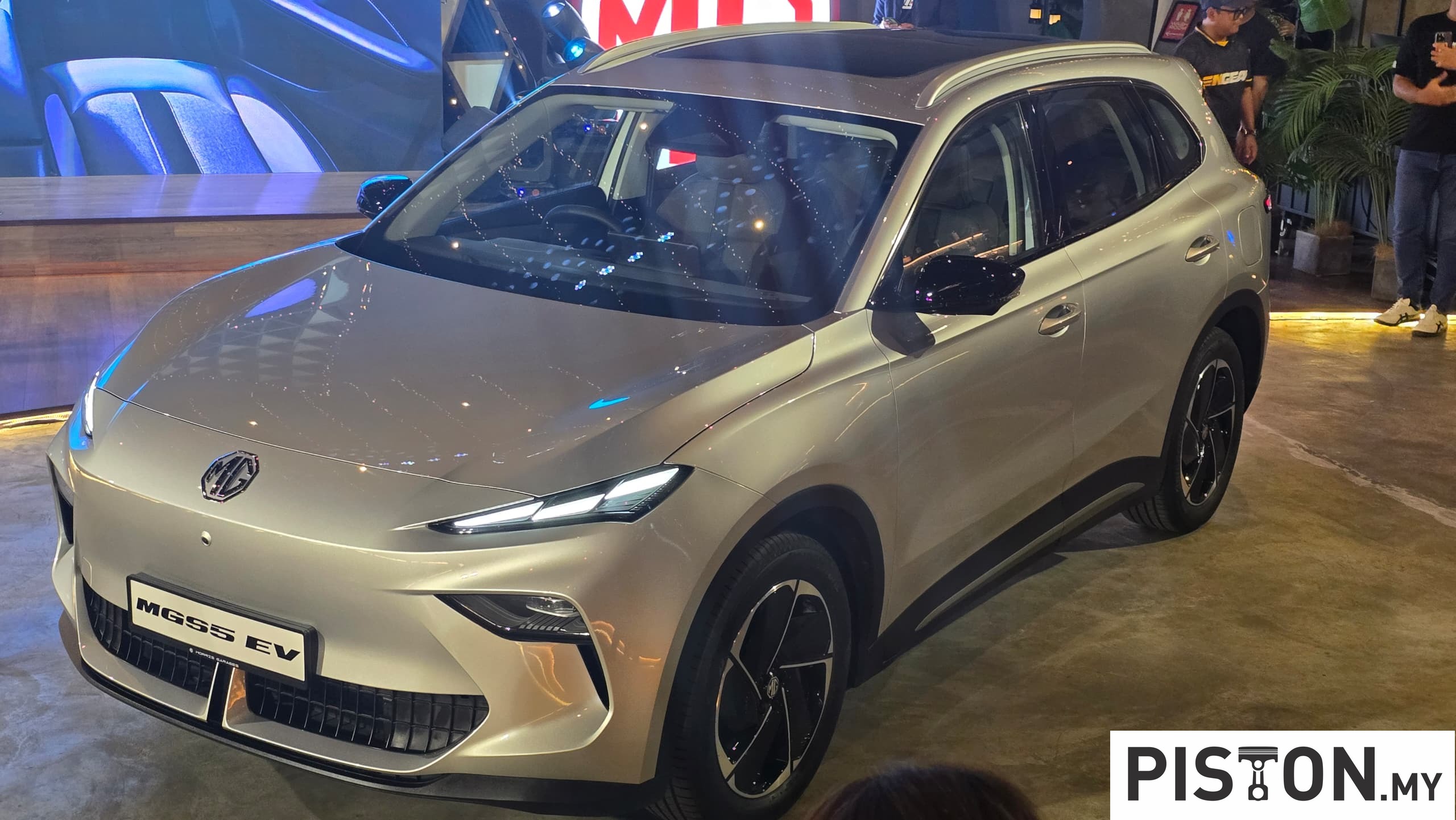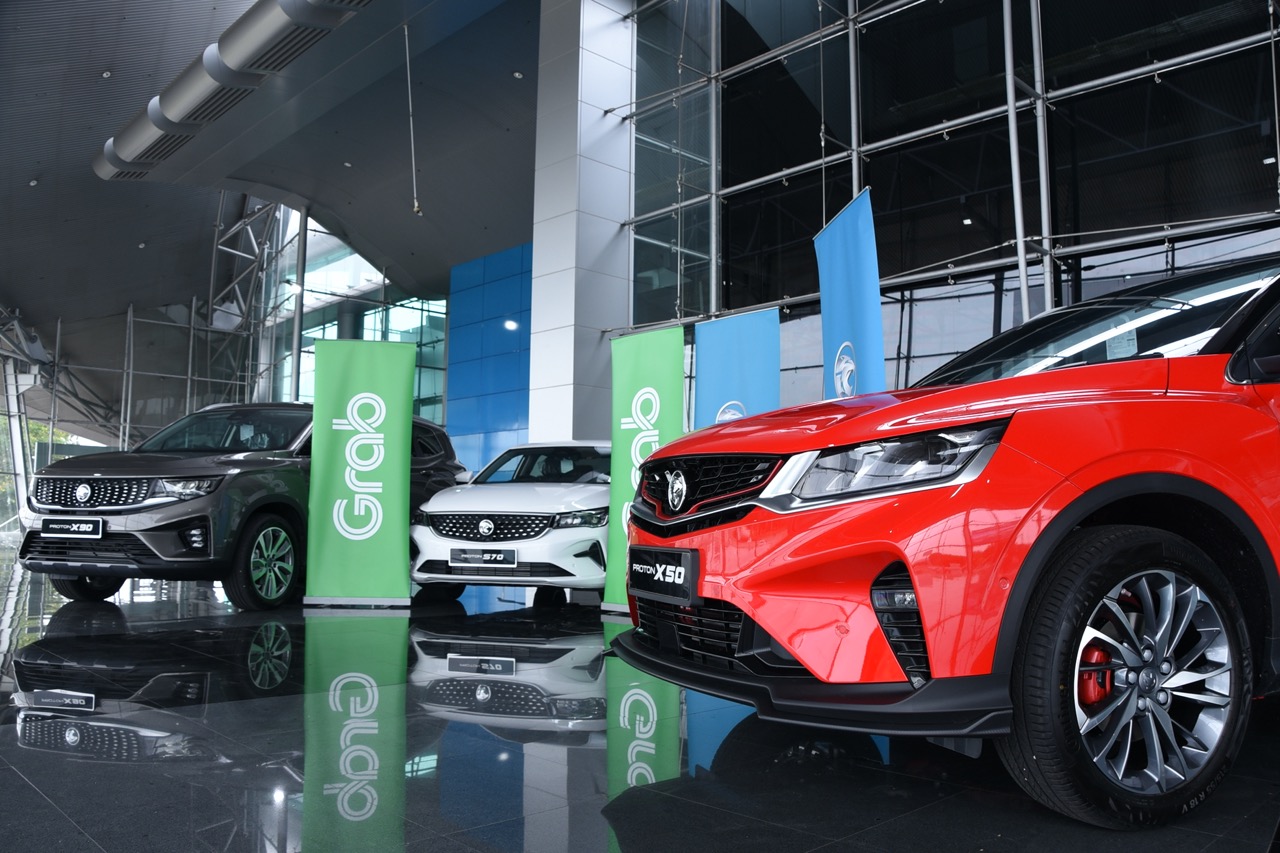The post-pandemic automotive market has seen a significant stir in the electric vehicle (EV) industry with many automotive giants trying to make a mark in Malaysia. From affordable prices to eye-watering ones, but do any of them stand out from the crowd?
There are models from Europe and China, with the latter having made significant inroads with models that don’t only impress with their tech but also design.
In fact, we have had some opportunities to test drive a specific model and jumped at every chance we had. The model in topic is none other than the smart #1 (hashtag one). A collaboration between Geely and Mercedes-Benz that was launched in Malaysia by Pro-Net, a subsidiary of Proton.
We were in love from the moment we laid eyes on it. It has a funky-looking body that caters to every audience. No matter how old you may be, when you step inside it, you will feel a lot younger. Why do we say this? Because the smart #1 has many unique features and a very youthful personality. It has an amazing sound system with speakers by Beats, a grille that lights up which definitely stands out at night, a responsive voice command system and there is an array of body colours to choose from, including an outlandish yellow.
Apart from that, the smart #1 is also offered in a Brabus trim. Yes, the German high-performance automotive aftermarket tuning company. Besides that trim, there is the Pro and Premium variants for those who prefer to take things slow with minimal charging times. Not to say that the 286hp, 343Nm of torque Premium variant is slow, but for a more thrilling drive and heart-stopping 0-100km/h time, the 422hp, 543Nm of torque Brabus is the way to go.
Speaking of 0-100km/h time, we had the chance to test it out at the Pinnacle Kart USJ track. The Premium did it in 6.8 seconds but the Brabus on the other hand, did it in 3.9 seconds. The instant torque and launch are the best this writer has experienced in an EV (yet). We also got to test the handling, auto park feature, and evasive manoeuvre assist.
The handling was exceptional for the Brabus, we felt confident when tackling corners and launching out of corners thanks to its sportier suspension setting. The Premium, however, has a little oversteer to it, making it feel a little hesitant to take corners at high speeds.
The evasive manoeuvre assist on the other hand was responsive as it gave the driver an amplified push to the steering wheel when avoiding a collision.
The auto park feature, however, was a little challenging as it takes time for the car to detect an empty parking space, but we could speed this by manually choosing a spot by dragging a green box on the touchscreen. After this, the car attempts to park autonomously in that pre-specified green box, and we must say, is pretty impressive but can be time-consuming.
It would be faster to park the car on your own. However, we understand that this feature is still being improved and will take time to make it perfect.
Now, with all that power, what is the driving range like? The Premium has a range of 440km while the Brabus has a range of 400km. So, to test if the smart #1 is “Long Drive” worthy, we were invited to do so during a media drive from Kuala Lumpur to Penang.
After a short briefing, the smart team announced that there would be an optional challenge and the winner would get a prize. It was an energy efficiency challenge. The team that reaches Penang with the lowest battery consumption of kWh/100km will be crowned the winner. There were two categories, one for the Premium variant and one for the Brabus variant.
To start the journey, we were all put in teams of three and our team was given the Brabus variant. This variant was not meant to be driven slowly. So, we decided to have our little challenge instead, to see who would reach Penang the fastest, just for giggles.
Some teams made only one stop to recharge but because we were flooring it half the time, following speed limits of course, we had to charge up twice. The smart app and integrated navigation system played a huge role in this journey. It was easy to use, and it assisted us in planning routes that had charging stations.
We of course tried our best to choose the ones with a higher kW to reduce our charging time. We made our first stop at Behrang for a quick 25-minute charge with a 75kW which brought our car from 50% to 80%.
During the drive, we were entertained by the sound system and enjoyed the instant torque. The Brabus trim allows the driver to turn on the virtual engine sound. It was fun for a while, but it is not recommended for long drives as it gets a little annoying due to the fact that it has a constant note playing on loop, unlike the sound of an ICE engine where it changes according to the flex of the right foot.
We were messing around with the infotainment system and voice commands and learnt that if you are not tech savvy, it might take some time to figure out how things work. The infotainment system is a learning curve and as the saying goes, you learn something new every day.
Our second stop was at Sg Perak and we managed to charge the car from 14% to 80% in 30 minutes thanks to the 180kW charger. From there on, it was a straight road to Penang.
Now, we have also heard many people say that the battery percentage decreases when an EV is stuck in traffic and that the range might drop. We are here to deny that because we were stuck in Penang traffic, Georgetown to be exact, and we managed to reach our destination at Hotel Angsana with a remaining travel range of 111km. While we were stuck in a standstill jam, we noticed that the battery percentage and range did not reduce. The range only reduces when the car is moving.
We were the first ones to reach the destination with a 25kWh/100km energy usage. Not exactly energy efficient, but it managed to get us there just in time to take a quick nap and head down for dinner. The team with the lowest energy usage for the Brabus category had 16kWh/100km and for the Premium category, 14kWh/100km. They however, arrived just in time for dinner.
Before we headed back to Kuala Lumpur, we made a stop at the smart Penang showroom for lunch and the prize-giving ceremony for the winners.
We had the Brabus for the first day, and then hopped into the Premium for the drive back. We started off with only 127km of travel range because we were sightseeing and enjoying a drive around town with the car, which meant we had to make a stop at Gantang for a charge.
It took 25 minutes for the 50kW charger to charge up from 40% to 80%. Since there was no challenge, we decided to indulge in the performance of the Premium variant as well. The instant torque in this was not disappointing and it has more than enough power to get you from point A to point B fast. Just that the Brabus does it faster.
With all that fun we were having, the smart system actually notified us via a voice notification, that we had to charge up. Again, with the help of the Hello smart app, we were directed to the nearest charging station which was at Petronas Ulu Bernam which had a 150kW charger. In 25 minutes, we were at 80% and it was more than enough to bring us back to Kuala Lumpur with 110km remaining when we arrived at our final destination.
We stopped to charge the cars four times and each charging session only cost us RM70 to RM80. So, is the smart #1 a worthy car for long travelling distances? Yes, it is. The car is fun to drive, it notifies you when it needs to be charged, and it detects if the driver is fatigued, which is helpful during long drives. The Hello smart app is extremely useful for route planning, which reduces range anxiety.
The single-motor Premium variant goes for RM219,000 and the dual-motor Brabus variant goes for RM249,000. The pricing is decent when you consider everything that you get and we understand why it is as such. For a car that was styled by Mercedes and developed by Geely, and one that offers outstanding performance, we think the smart #1 is worth considering for those in the market for an EV.
Premium Variant Specifications
Motor: Single motor
Power: 268hp
Torque: 343Nm
Range: 440km
AC Charging: 22kW; 10-80% in 3 hours
DC Charging: 150kW, 10-80% in 30 minutes
Brabus Variant Specifications
Motor: Dual motor
Power: 422hp
Torque: 543Nm
Range: 400km
AC Charging: 22kW; 10-80% in 3 hours
DC Charging: 150kW, 10-80% in 30 minutes
We like: Voice command, performance, looks and ventilated front seats
We don’t like: Steep learning curve for the infotainment system



